Narin and Portnoo has responded to this with several ‘upgrades’ to the course under the auspices of a new owner, carried out by the biggest name in golf restoration/renovation, Gil Hanse. Now when you show up here after having driven several hours through remote countryside and seeing the rustic nature of the surroundings, you might wonder what someone like Gil Hanse, whose name is associated with big money US clubs like Oakland Hills and Los Angeles, is doing all the way out here. But apart from the owner probably having made it well worth his while, it’s not so surprising when you see the land. Much of it is pretty spectacular: large sand dunes next to high rocky cliffs. Anyone interested in building golf courses would give this site a substantial amount of their time.
You might have noticed that I put the word upgrades in quotes in the previous paragraph, suggesting that I have reservations about what was done here. Now let me start by saying that I don’t exactly know what this place looked like before Gil Hanse came here. Apparently his weren’t the first renovations, with previous renovations having added the current fourteenth and sixteenth holes through the highest of the dunes. But while I also hadn’t seen Portsalon before, my review was almost unequivocally positive and that I had no problem seeing the work that Pat Ruddy had done to the course as an upgrade.
Why am I less certain here? While hole-for-hole, Narin and Portnoo is an excellent course and has a handful of the most exciting holes that I played in Ireland, I feel that the whole is a bit less than the sum of its parts. And that’s because more than any other course I saw in Ireland, there’s a real problem of stylistic inconsistency from hole to hole, with some holes looking like they’ve been here for 120 years and others looking like they were built in the last few years (and some looking like they were built in the ‘mounds’ architecture phase in the 80s and 90s). This is also an issue between the Colt to the Mackenzie and Ebert holes at Royal Portrush, but there it’s only two holes. Here, it’s probably almost half of the course.
Having said that, it’s clear that there have been changes to some of the rustic opening on the farmland portion of the property, namely adding interest to the greens on what were otherwise fairly featureless holes. This work is excellent and was probably a significant improvement over what was there before. And some of the holes on the heavier terrain also have this same rustic feel. It just that when you get into the back nine, with new holes in the heaviest terrain, that the course starts to feel disjunct. It still might be possible that even with the inconsistent style, the new holes are an improvement over what was there before. But I wish that a little more care had been taken to blend everything together or, if it wasn’t possible because the land for the new holes was too severe, that an alternative routing that could have preserved the consistent rustic character wasn’t chosen.
Ok, enough with the general comments. As I mentioned, hole-for-hole, this course is excellent. It starts with the first hole, an almost-drivable par 4 of about 315 yards, another of several excellent first holes that I played on this trip. This one is a bit awkward, but quite brilliant once you take the hole thing in.
The visibility on the drive is kind of poor, but you can see that out-of-bounds cuts in on the right. This might encourage you to keep your drive left. The problem with this is that a small creek cuts diagonally across the hole from short-right to long-left. It’s only about a 200 yard carry if you drive straight out, but becomes substantially longer if you miss left.
If you hug the out-of-bounds, there are also two bunkers about 230 out. But it’s best to be on the right side because the green is deepest from this angle.
Not too hard a hole, but I liked it.
It was a puzzling hole to me at the time but the combination of my photos plus Google Earth shows that there’s a lot of sense to it. It appears to be a very good hole.
I’ve played other 625 yard holes before but into the wind, I’ve never played one that felt as long as this. I hit three good shots and still couldn’t get near the green. Honestly, it’s a pretty unpleasant hole to finish and I don’t understand the decision to turn two mid-length par 4s into this monstrosity. Plus, this hole eats up a good chunk of the course’s best land. It’s just a very puzzling hole to me.
But more of an issue than I realized when I was playing and when I started writing this review is the mix of holes and the awkwardness of some of the routing. The course starts with a bunch of short par 4s, then the back nine is a bunch of long par 4s. All of the par 3s are short. While the holes are tight to each other and walking distance between them is never an issue, the course repeatedly uses par 3s to bridge these spaces. Now that’s a good idea in theory, but I have an issue with every par 3 feeling like it’s doing this. Why not make the seventeenth a longer par 3 playing down into the current eighteenth fairway and shorten the ridiculously long eighteenth? Or cut one of the par 3s and make the eighteenth two holes again?
Maybe it’s a bit unfair to change my primary criticism of the course months after playing it from being about stylistic consistency to being about the mix of holes and the transitions between them. But both speak to the same broader issue: the course doesn’t feel like a harmonious whole, more like a collection of parts. And that’s how I felt about it when I finished. To be sure, the parts are mostly very good. The opener is excellent and so are the short par seventh and some of the par 3s. But I left feeling that the course I had just played lacked a bit of coherence, something that I rarely felt on other Irish courses, even though many of those weren’t as good as this one.
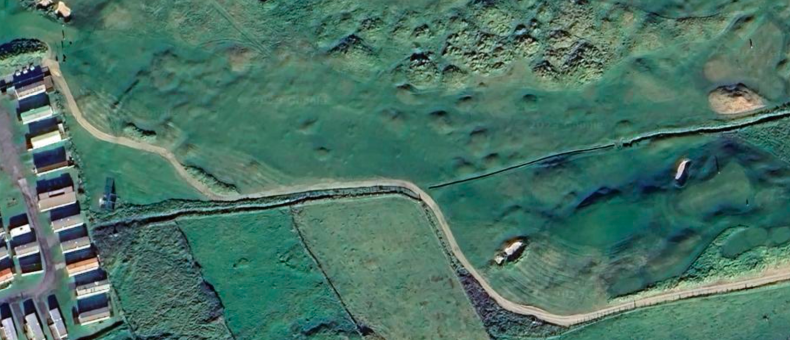
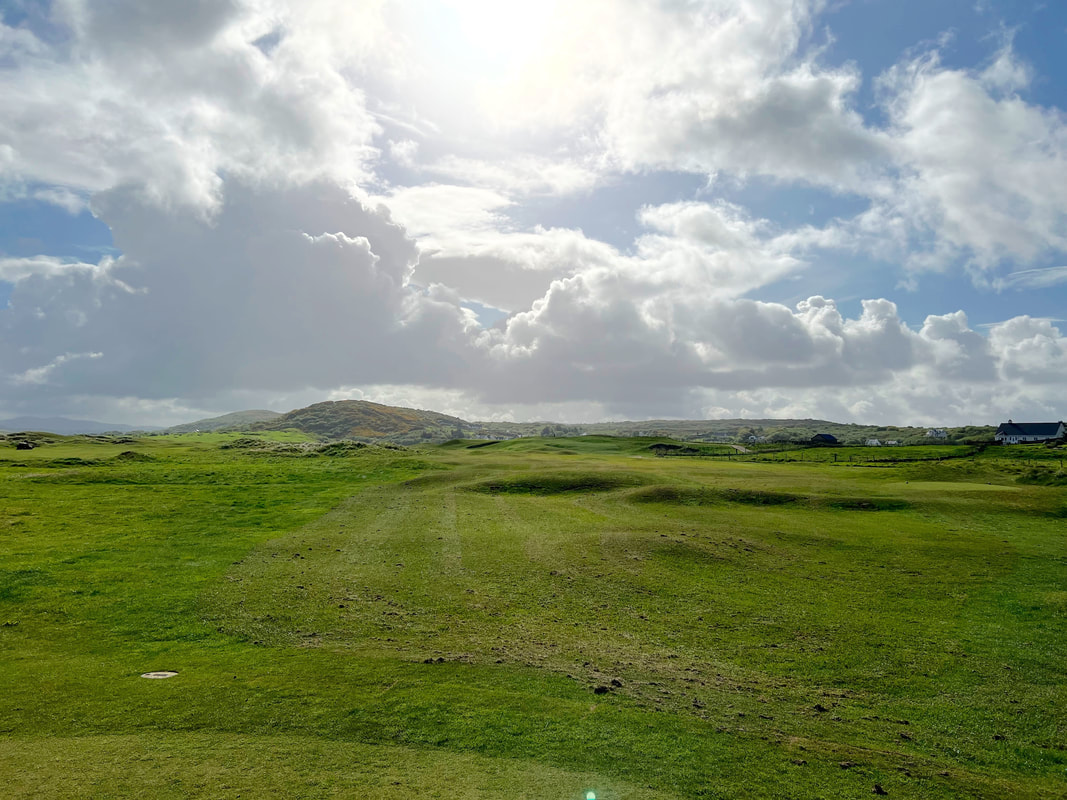
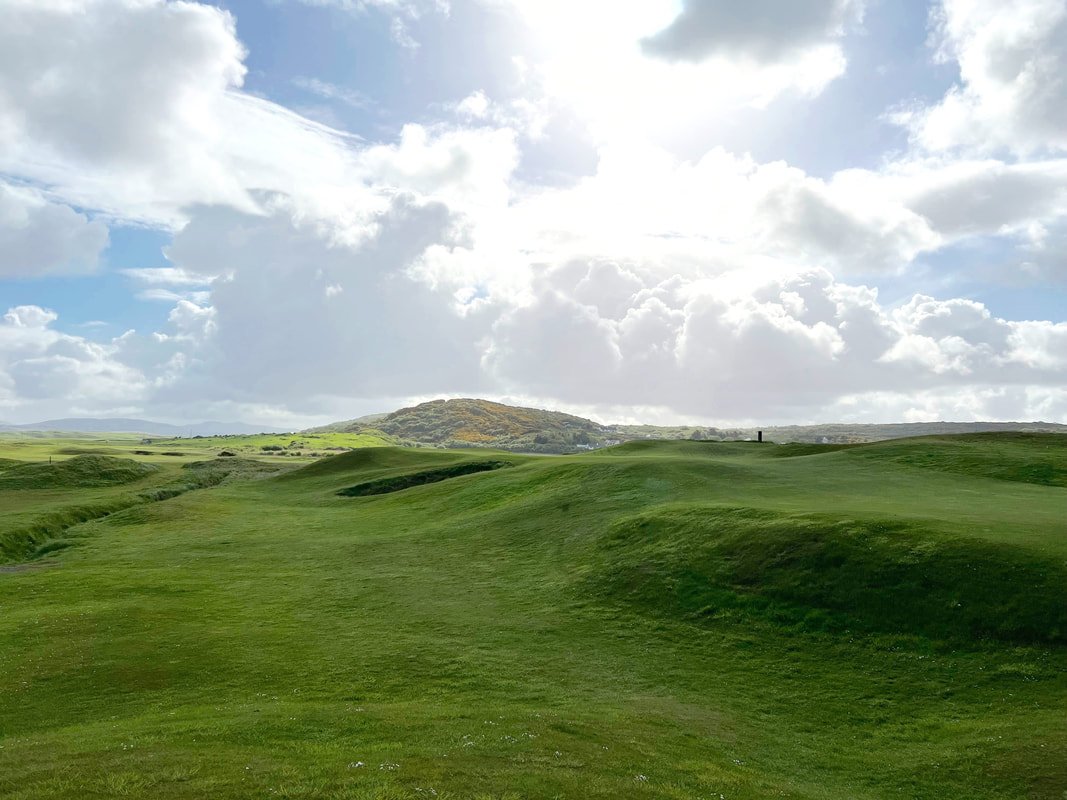
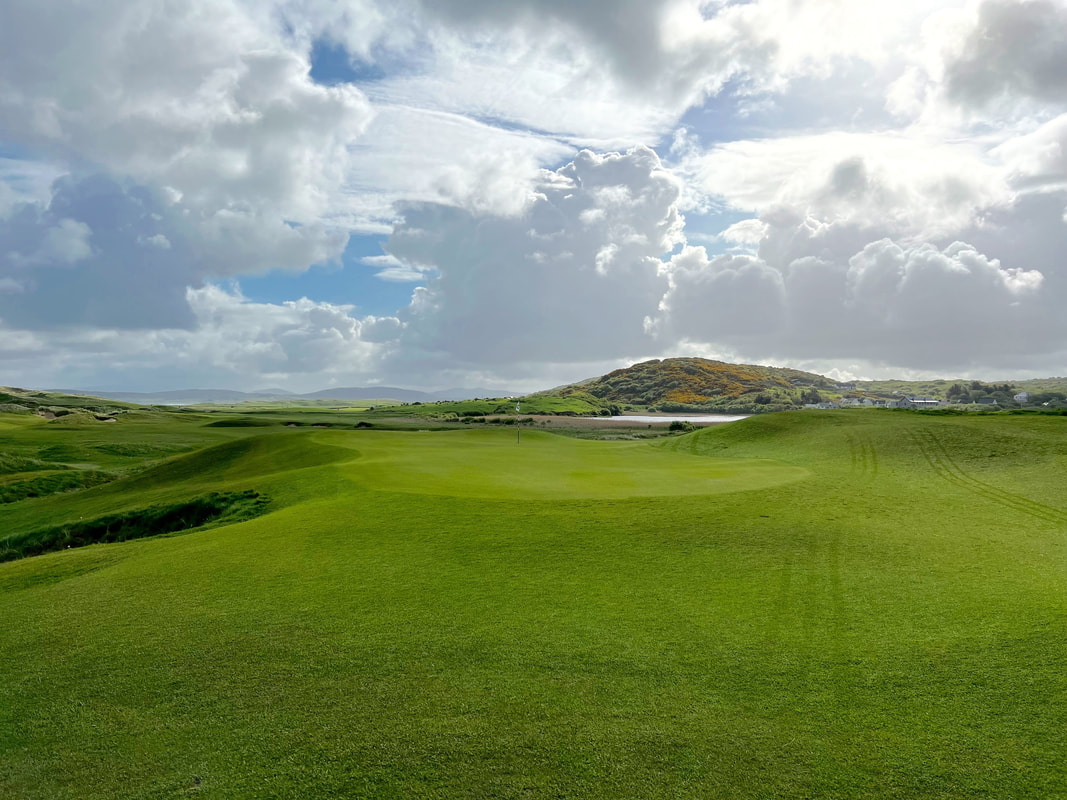
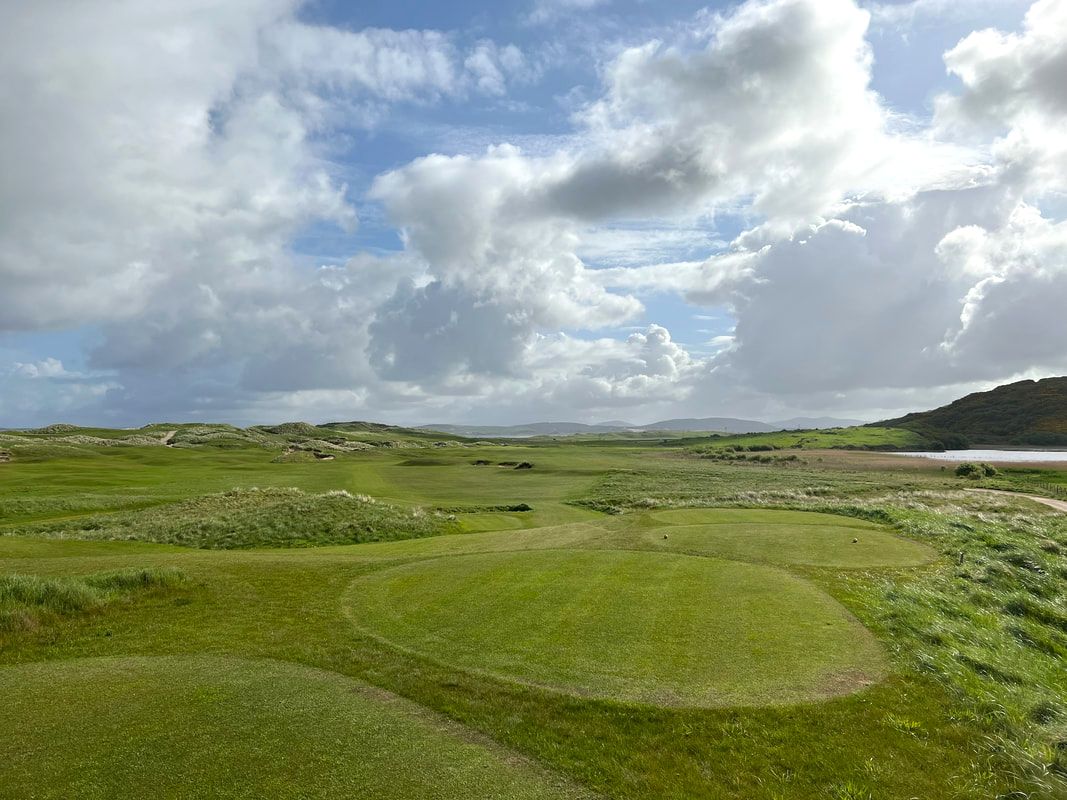
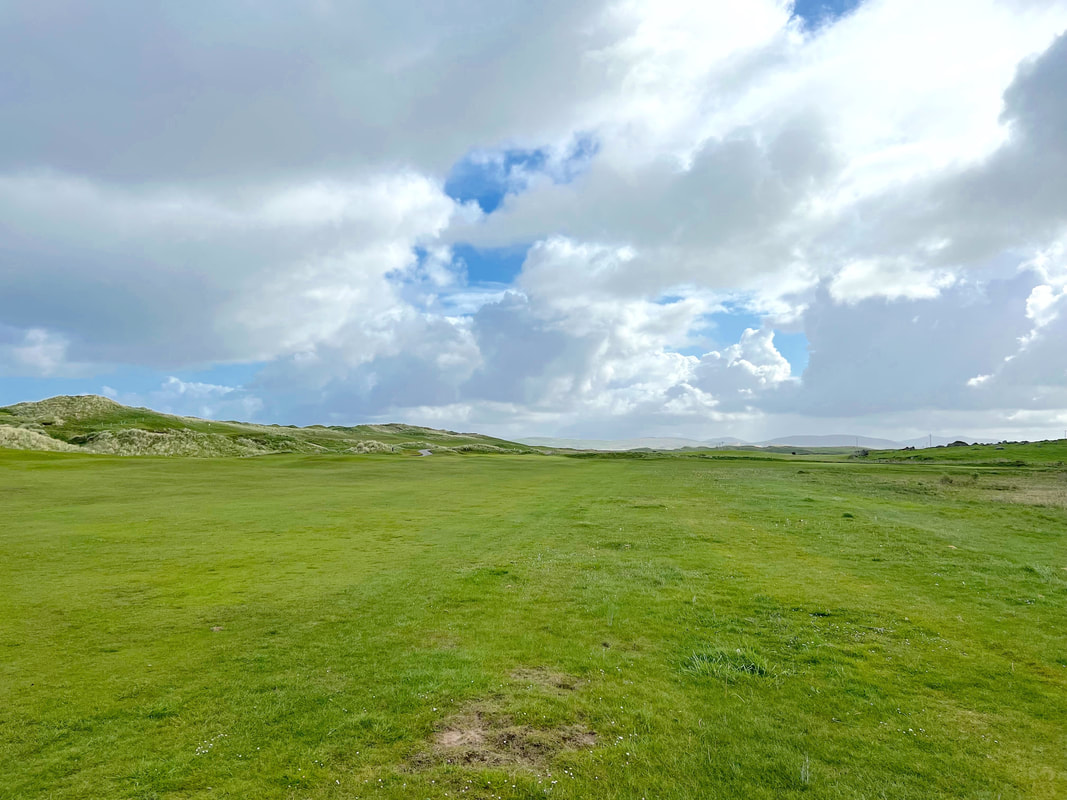
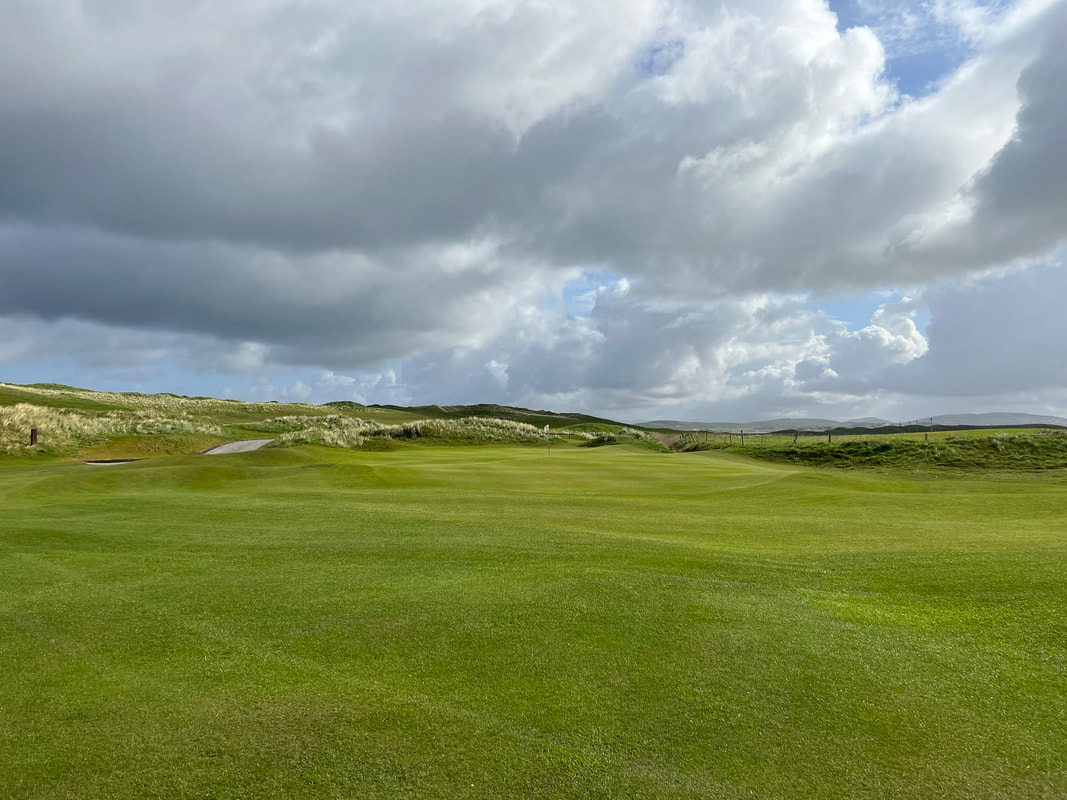
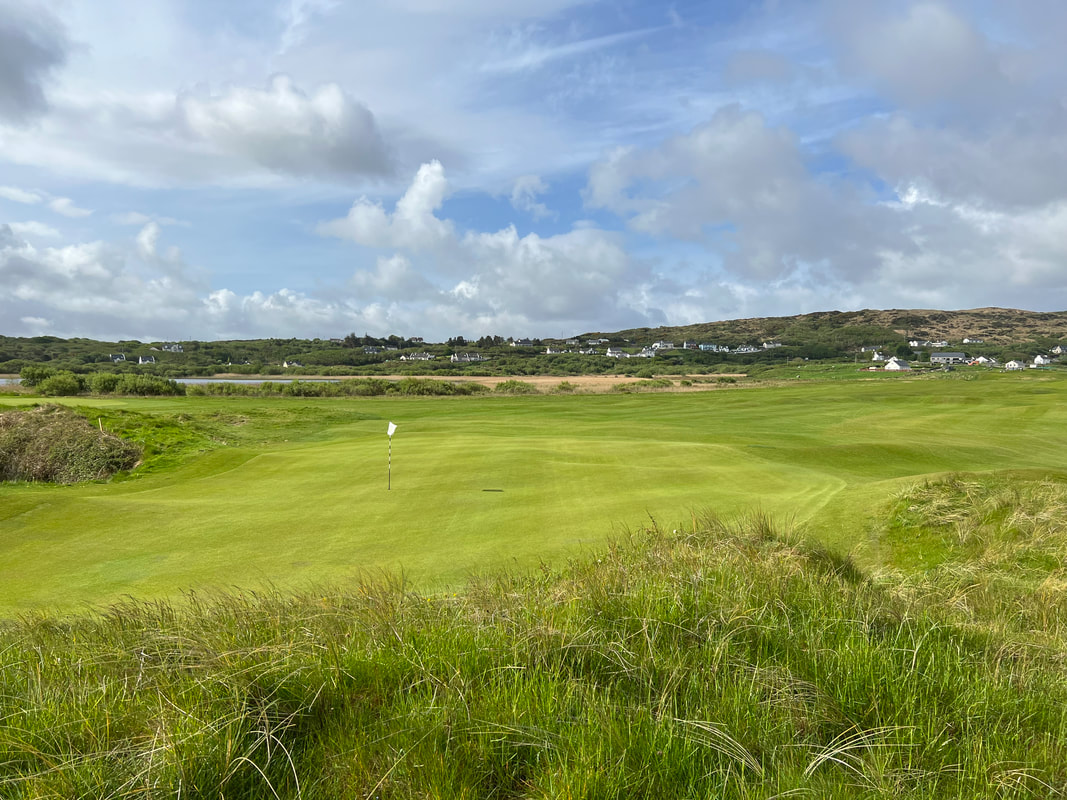
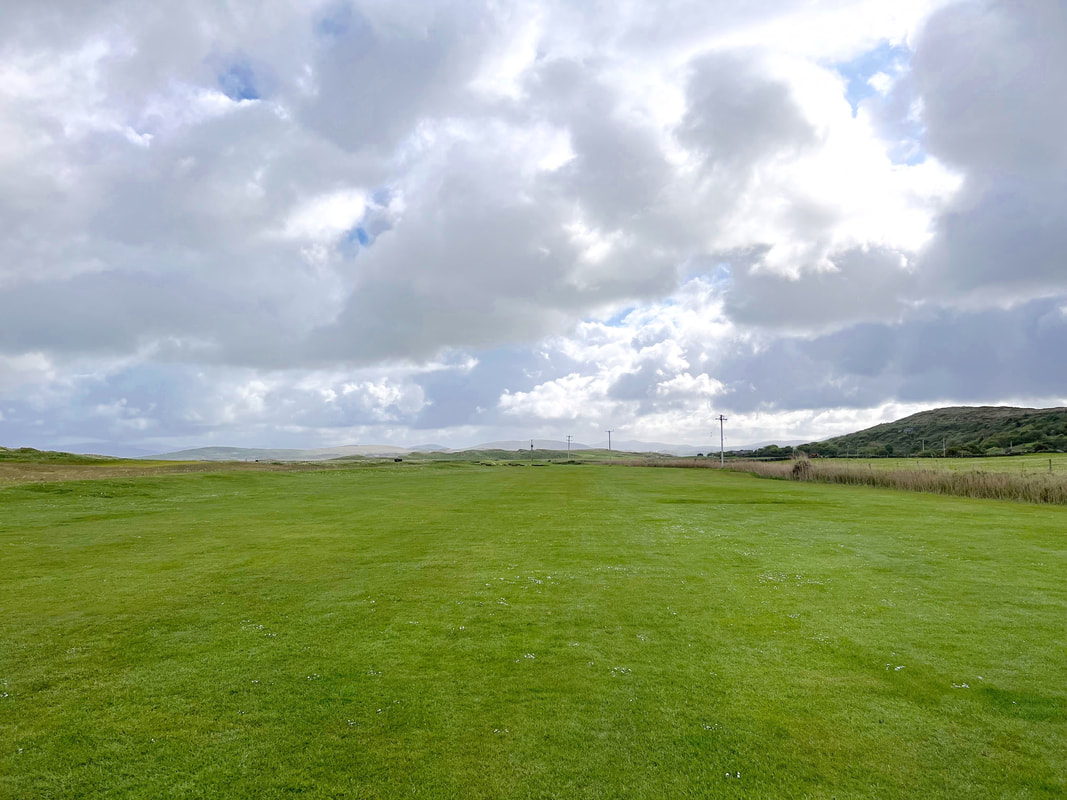
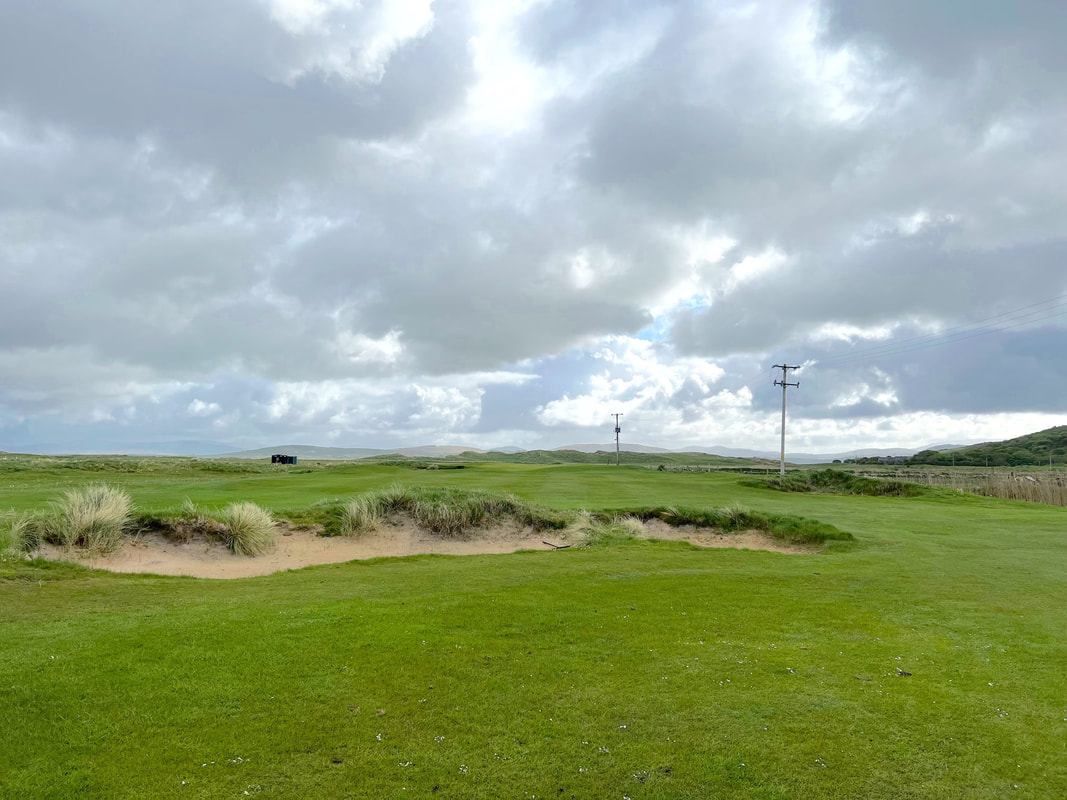
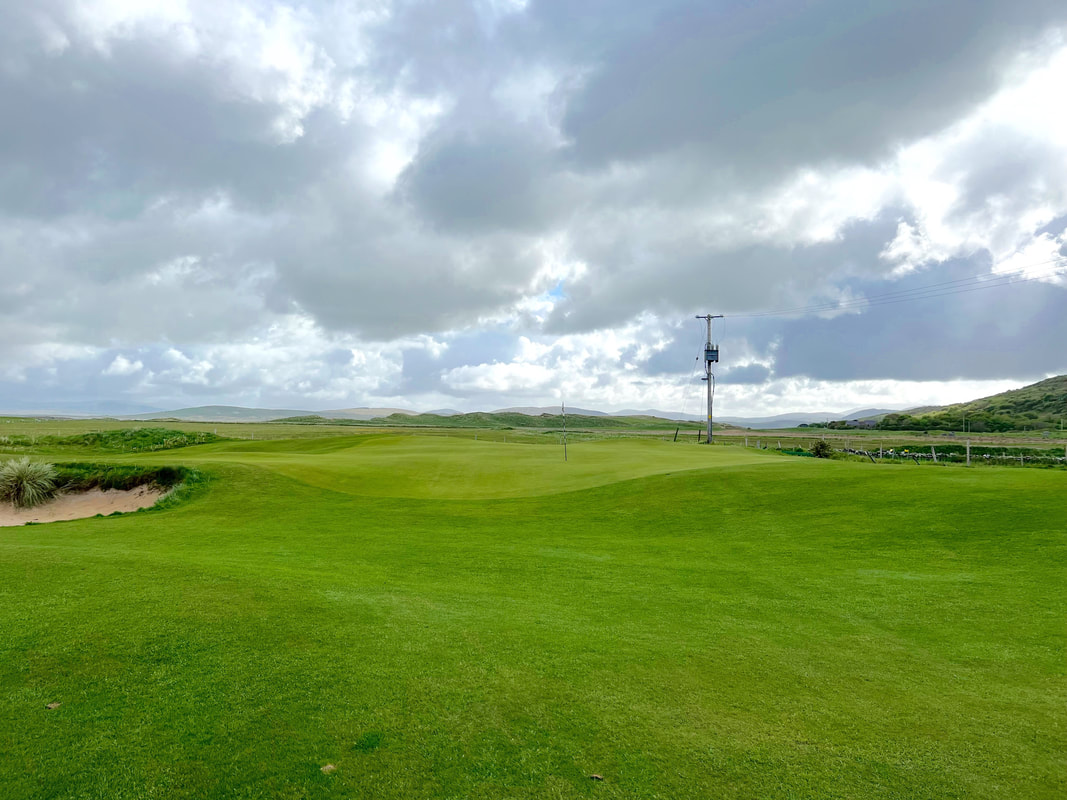
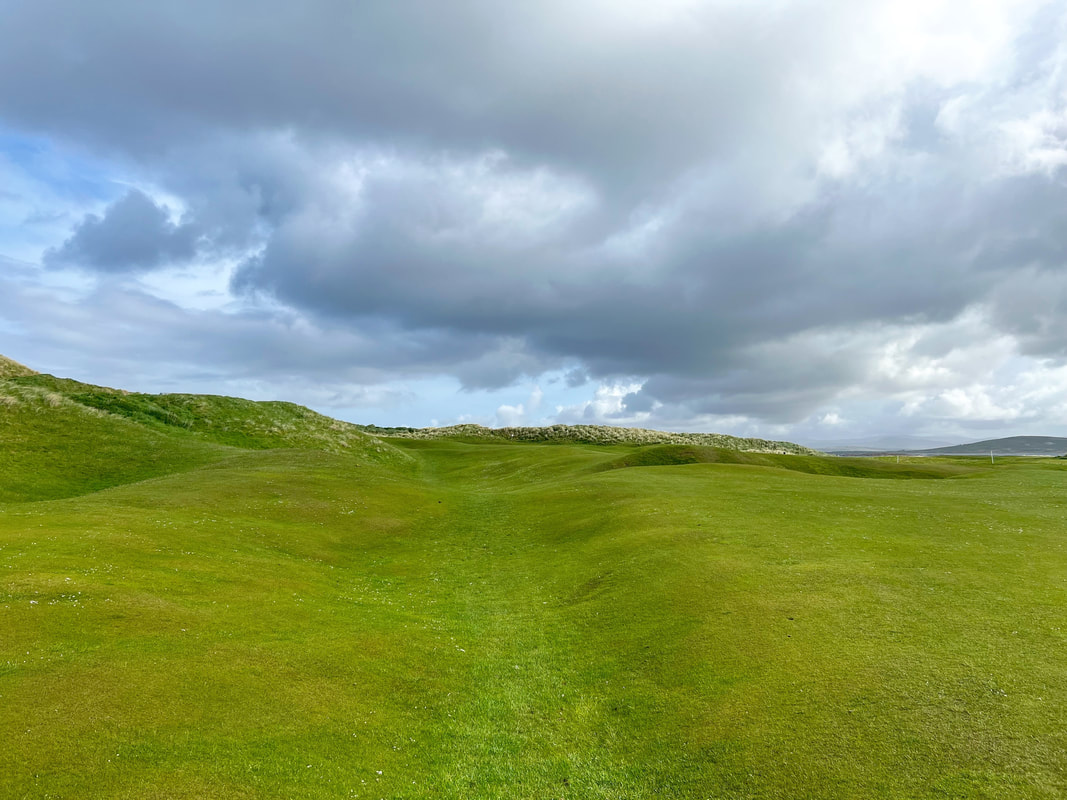
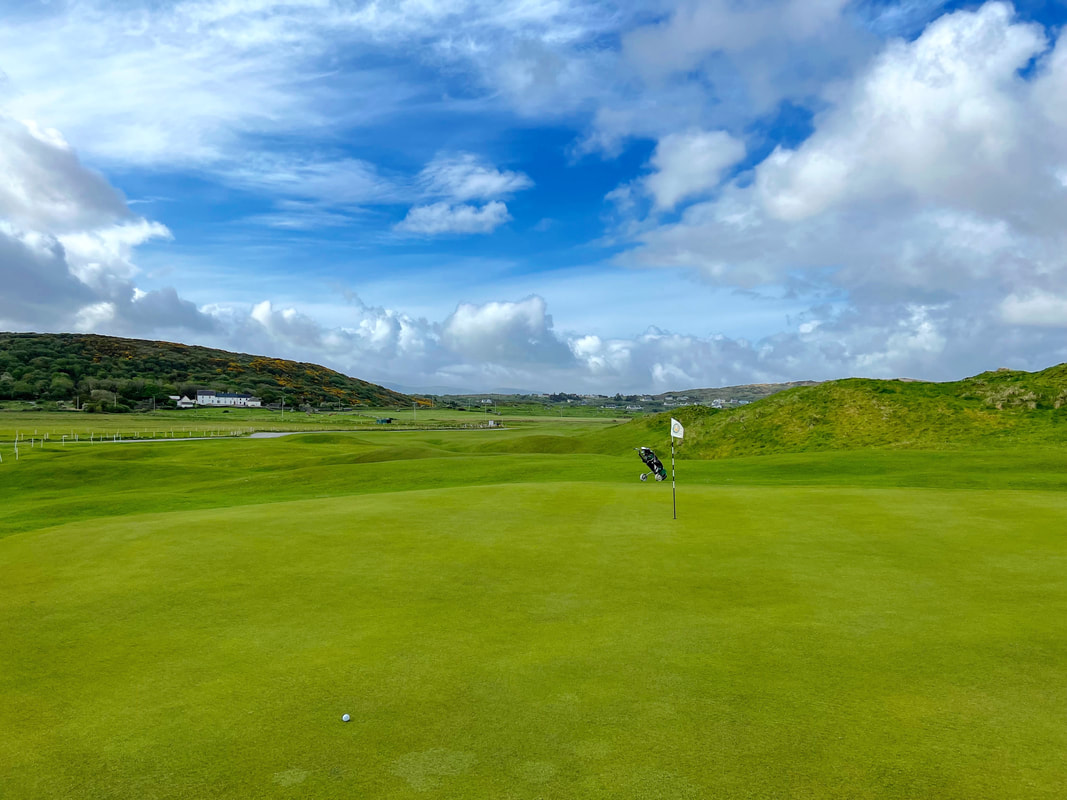
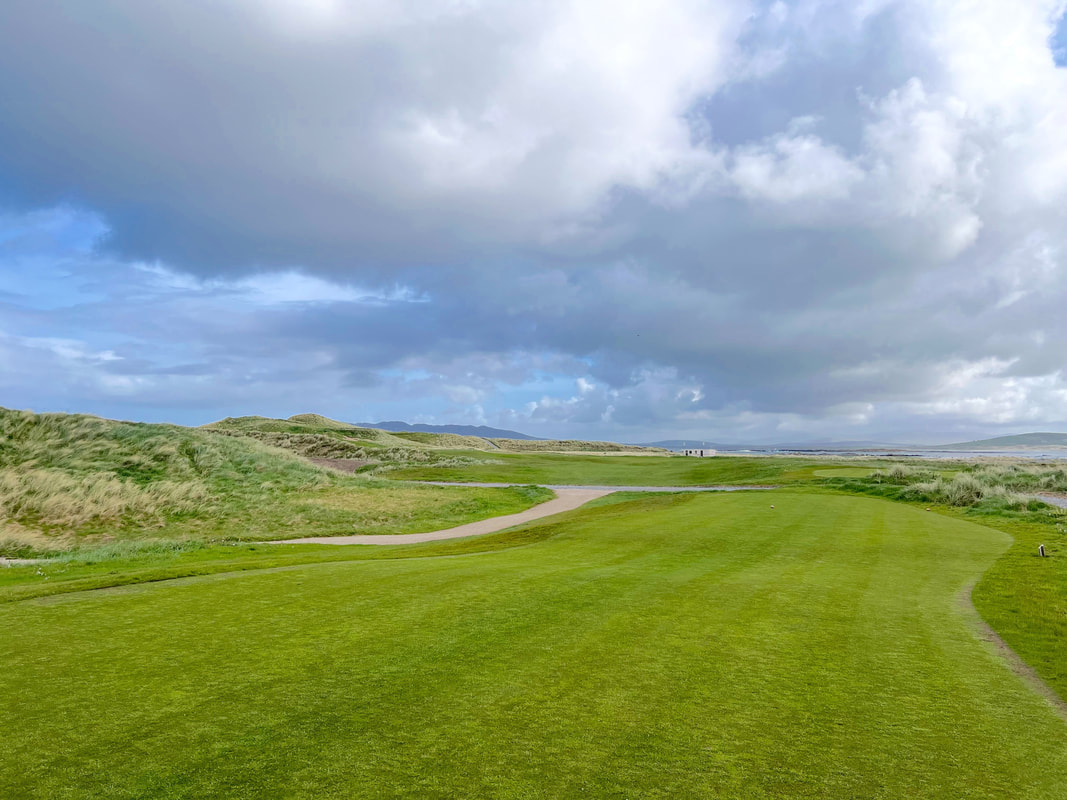
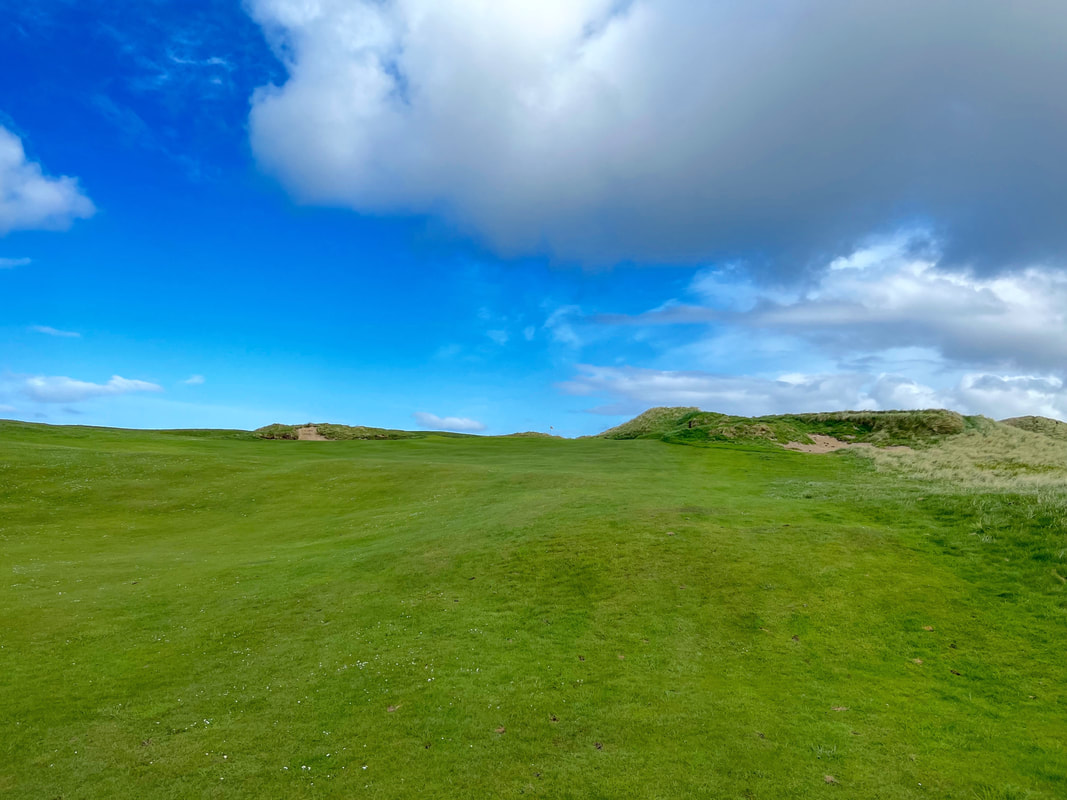
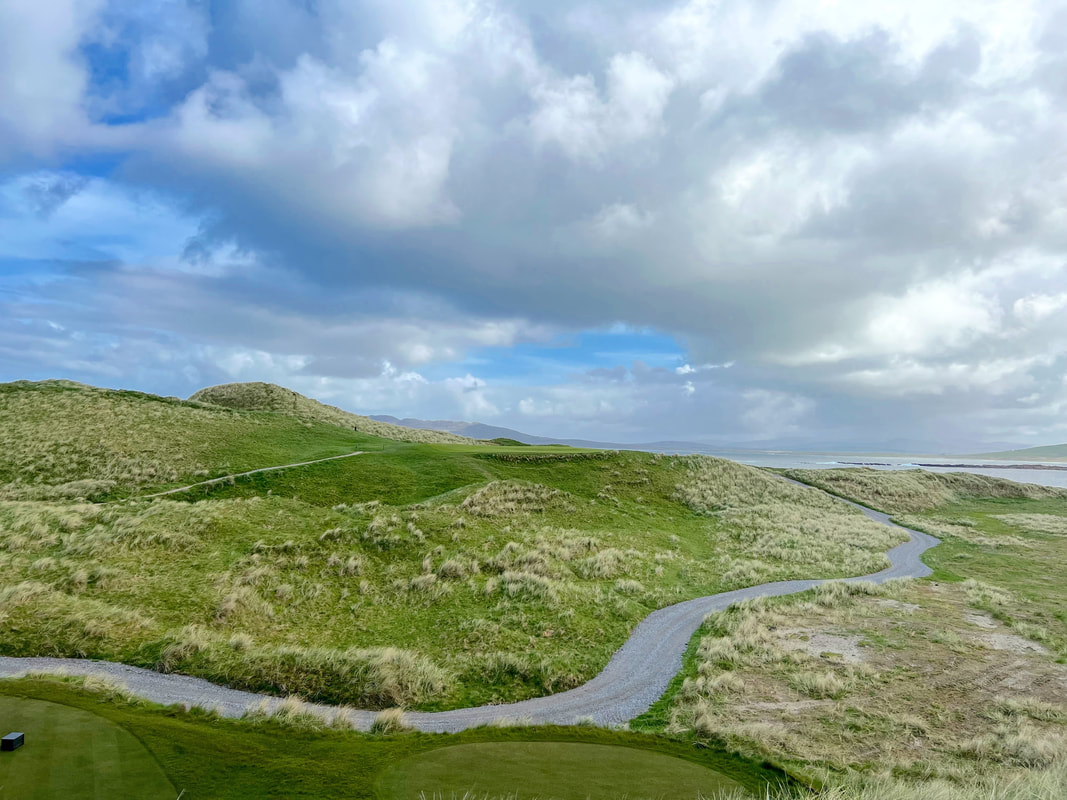
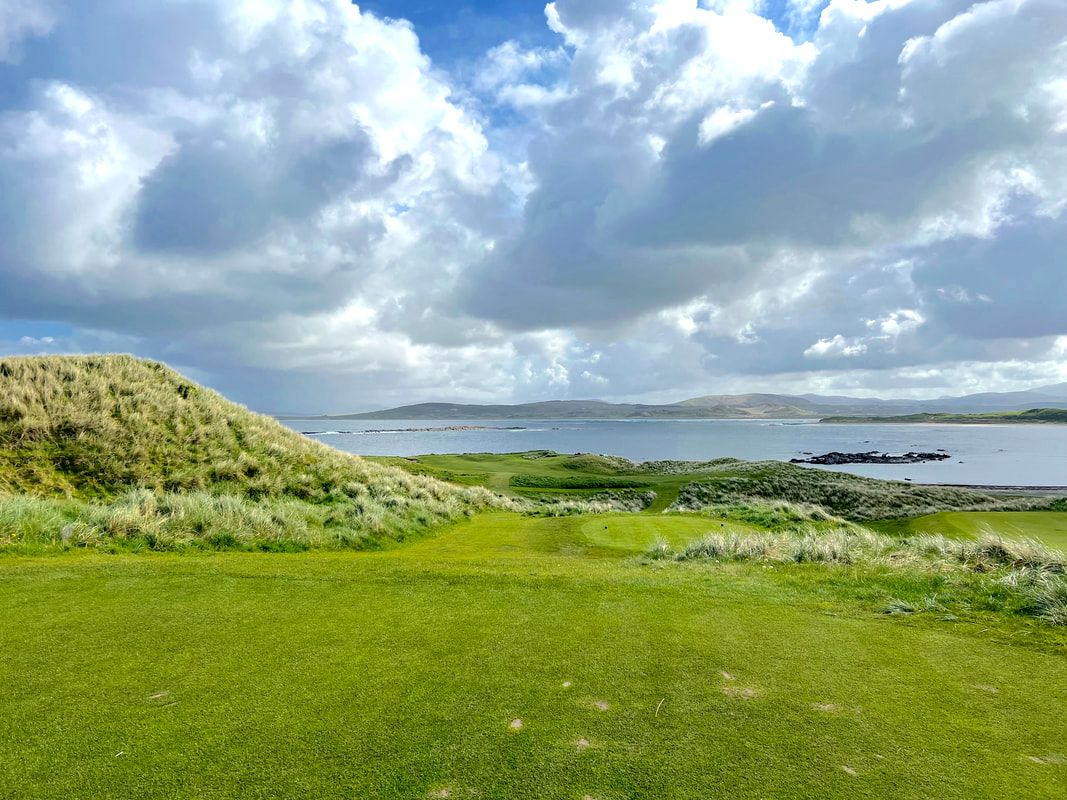
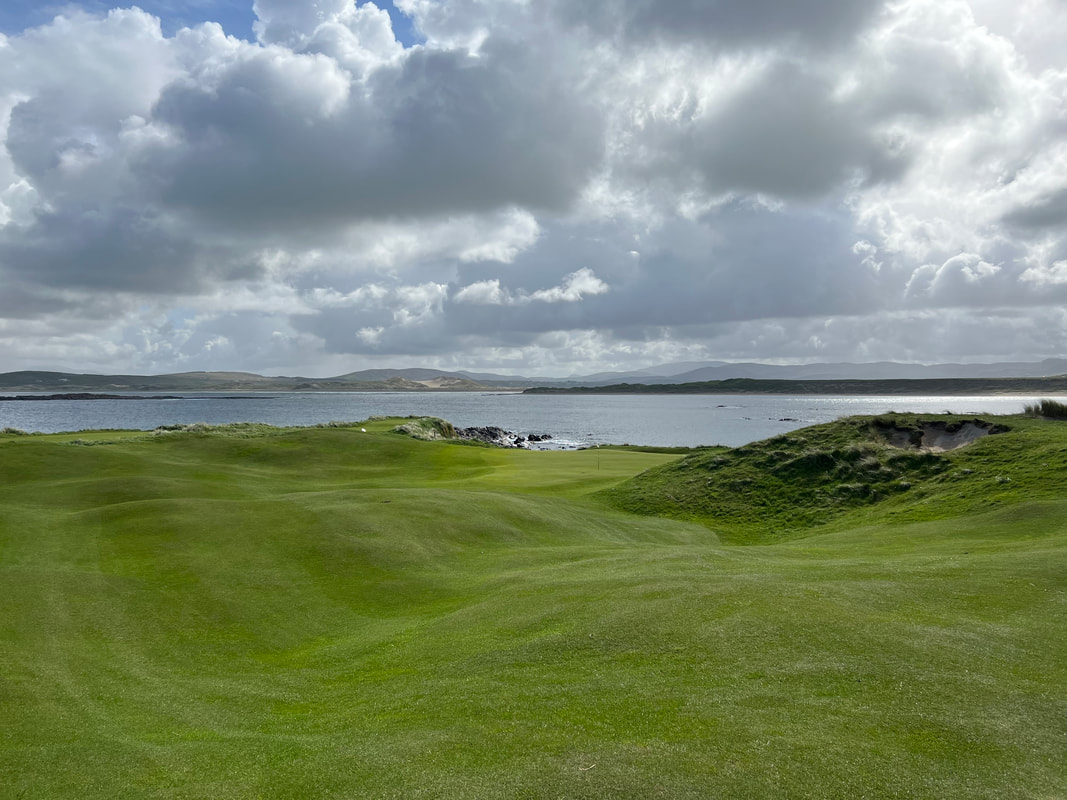
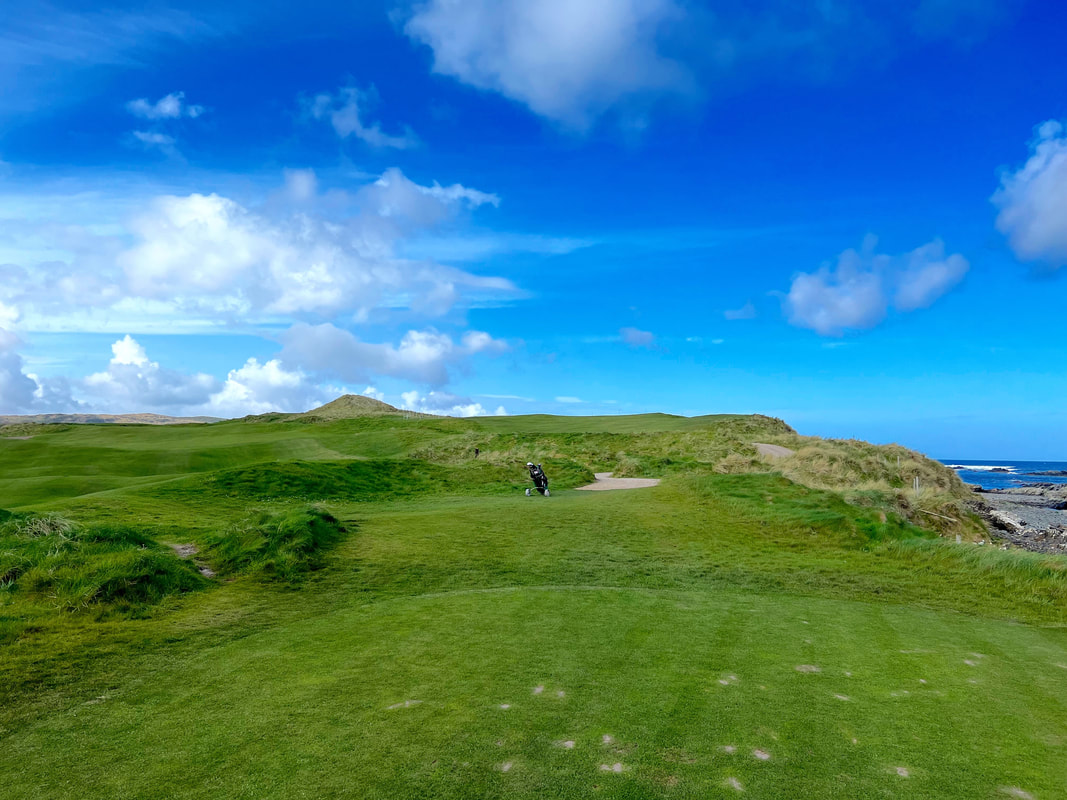
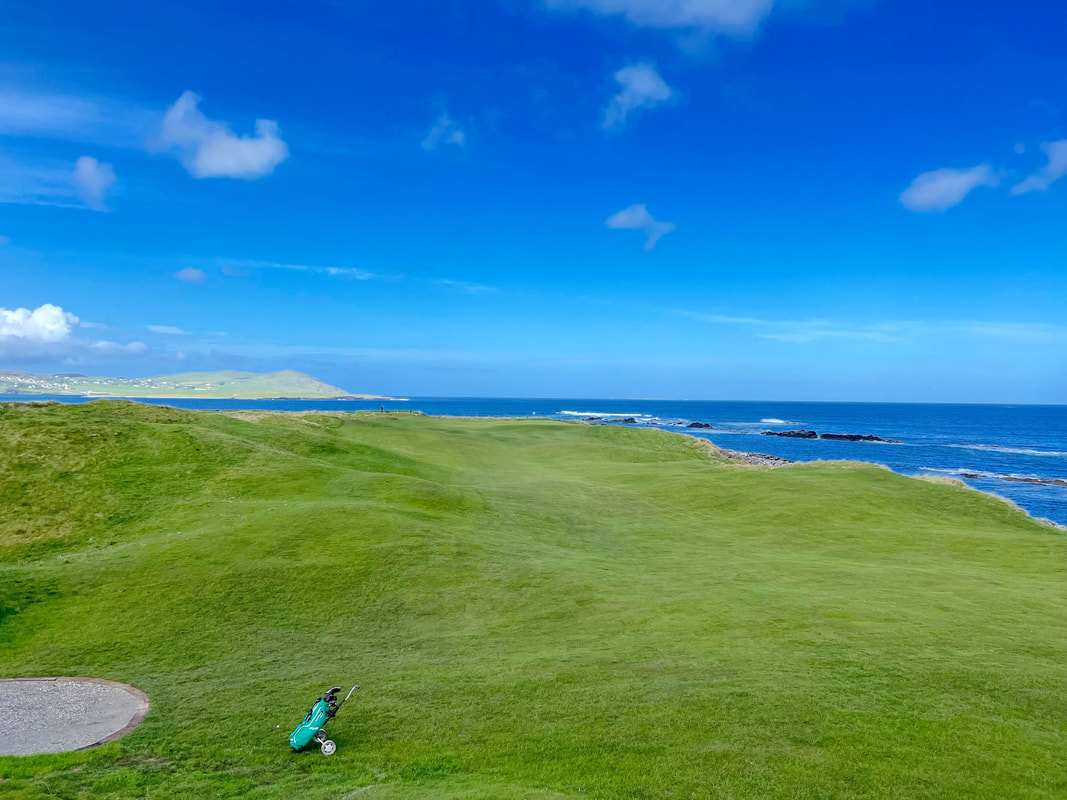
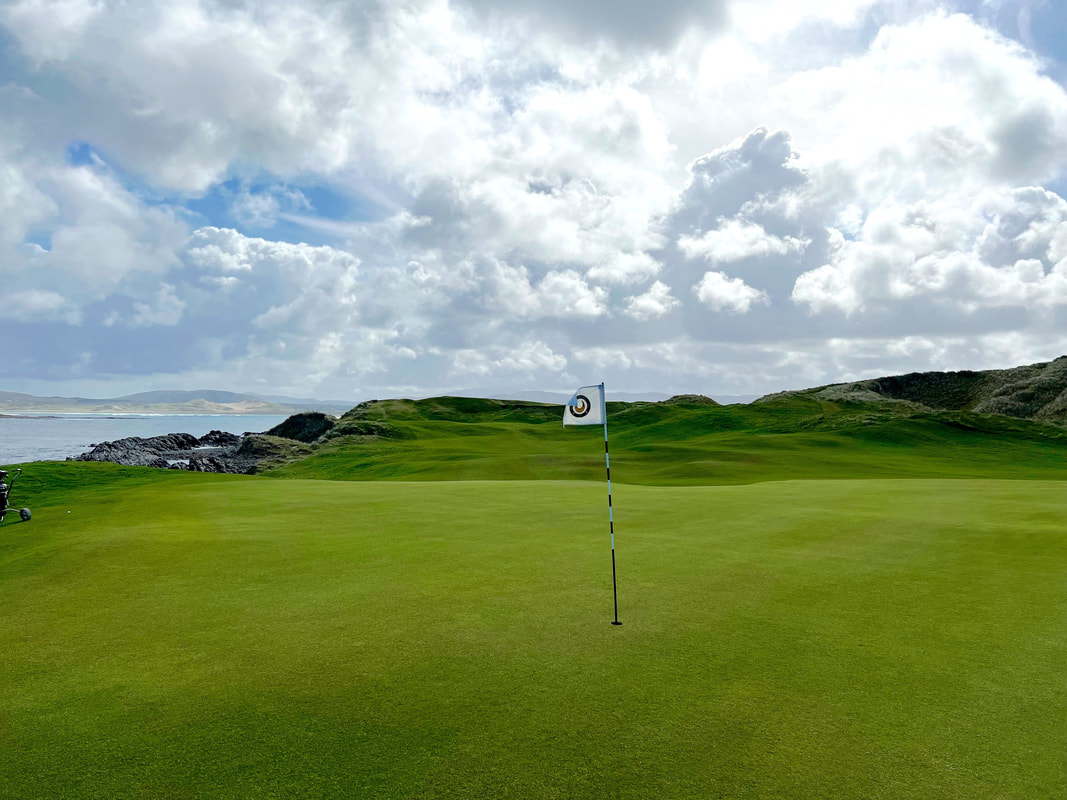
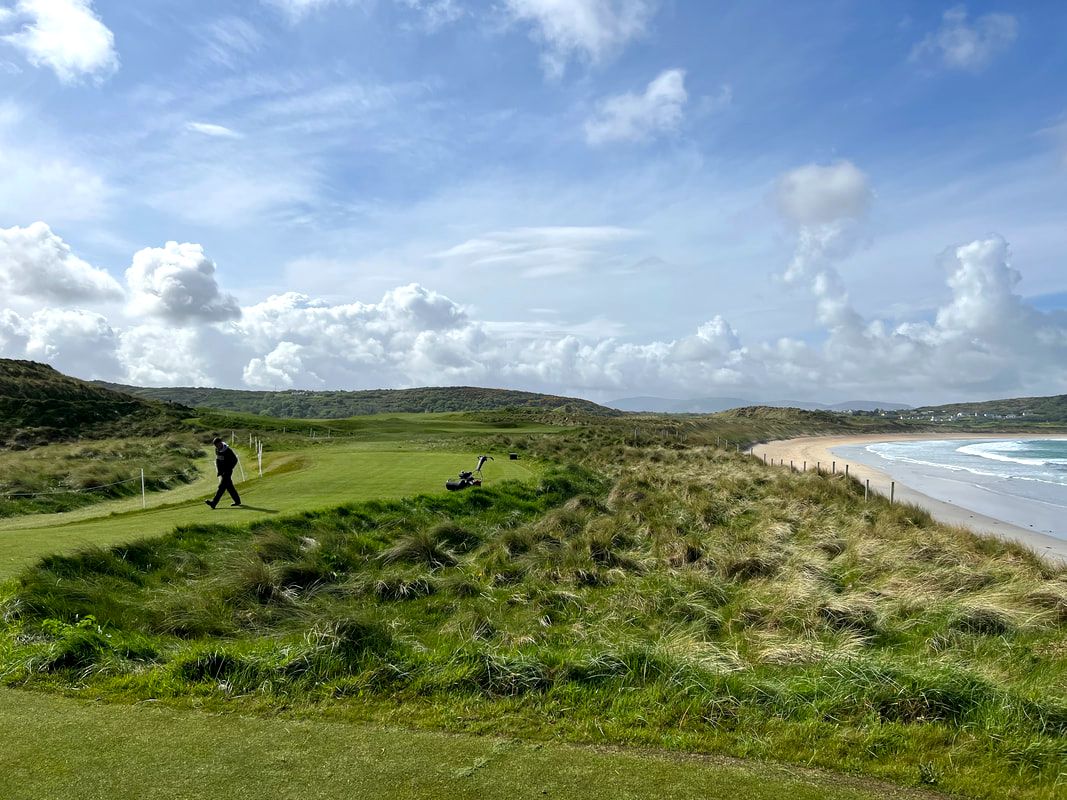
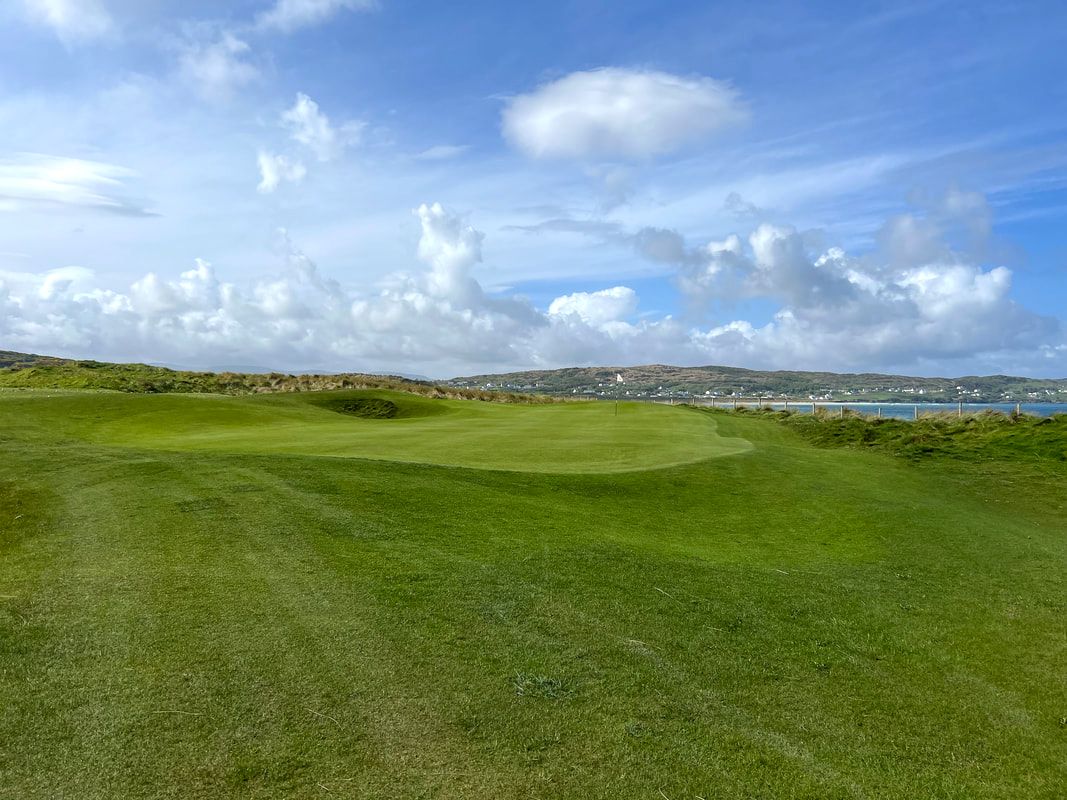
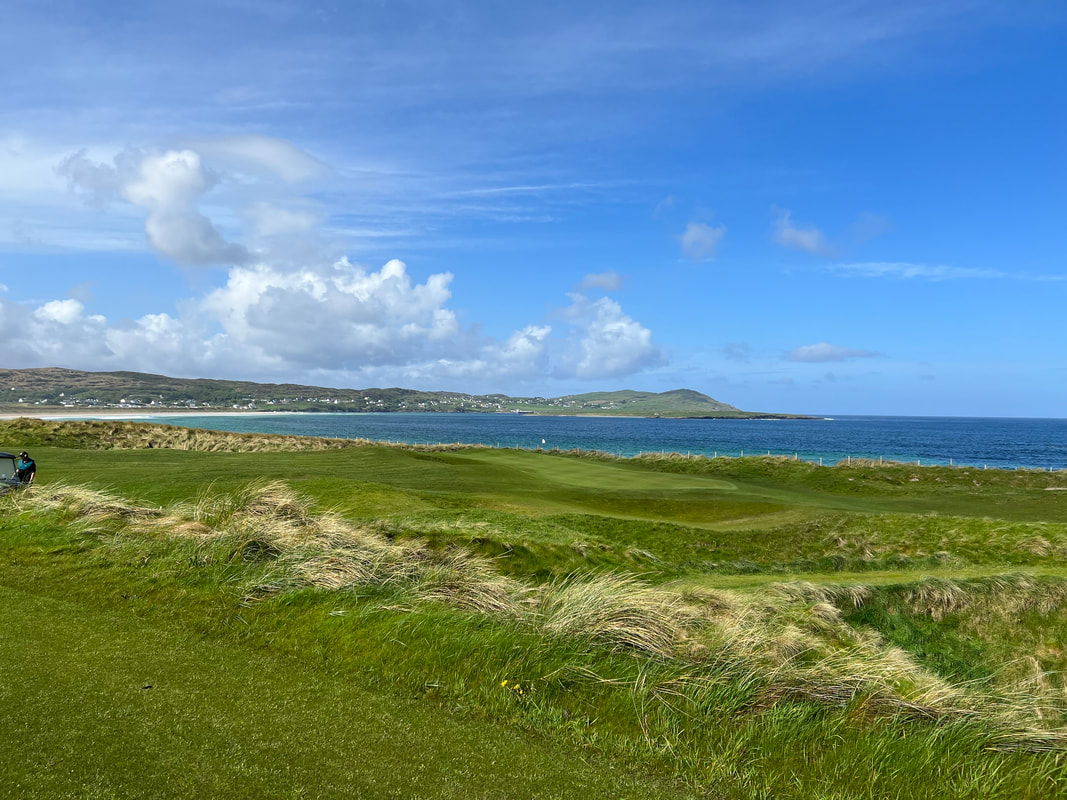
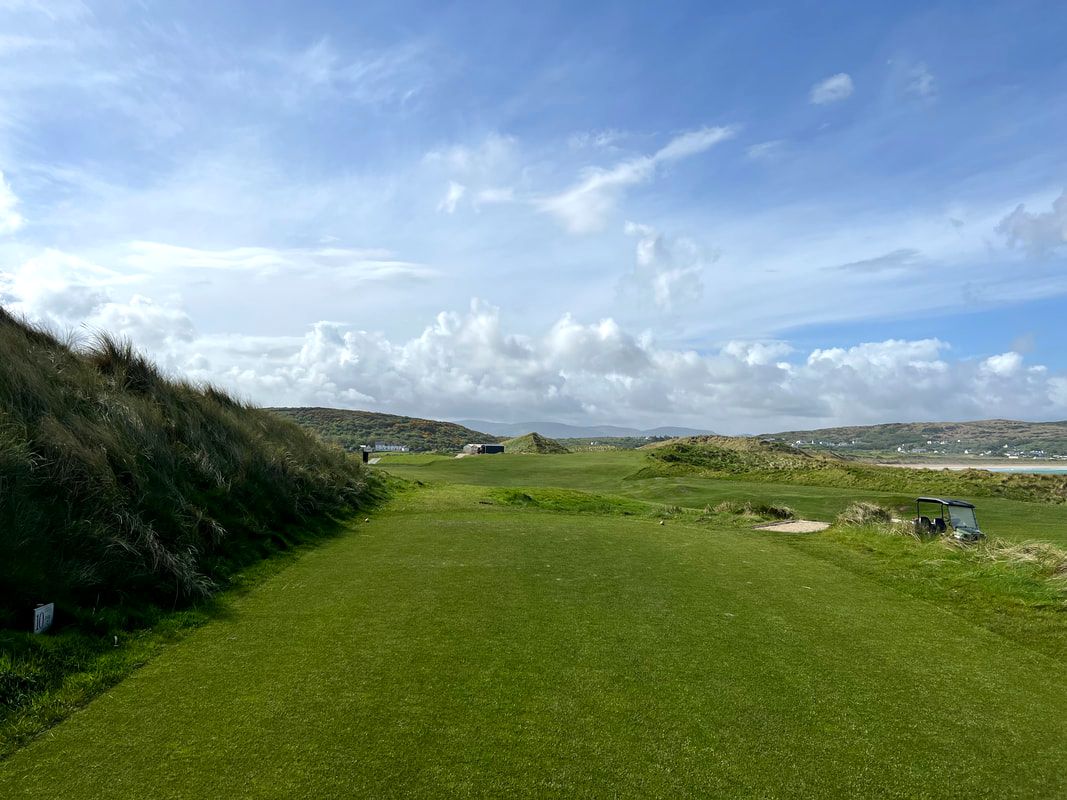
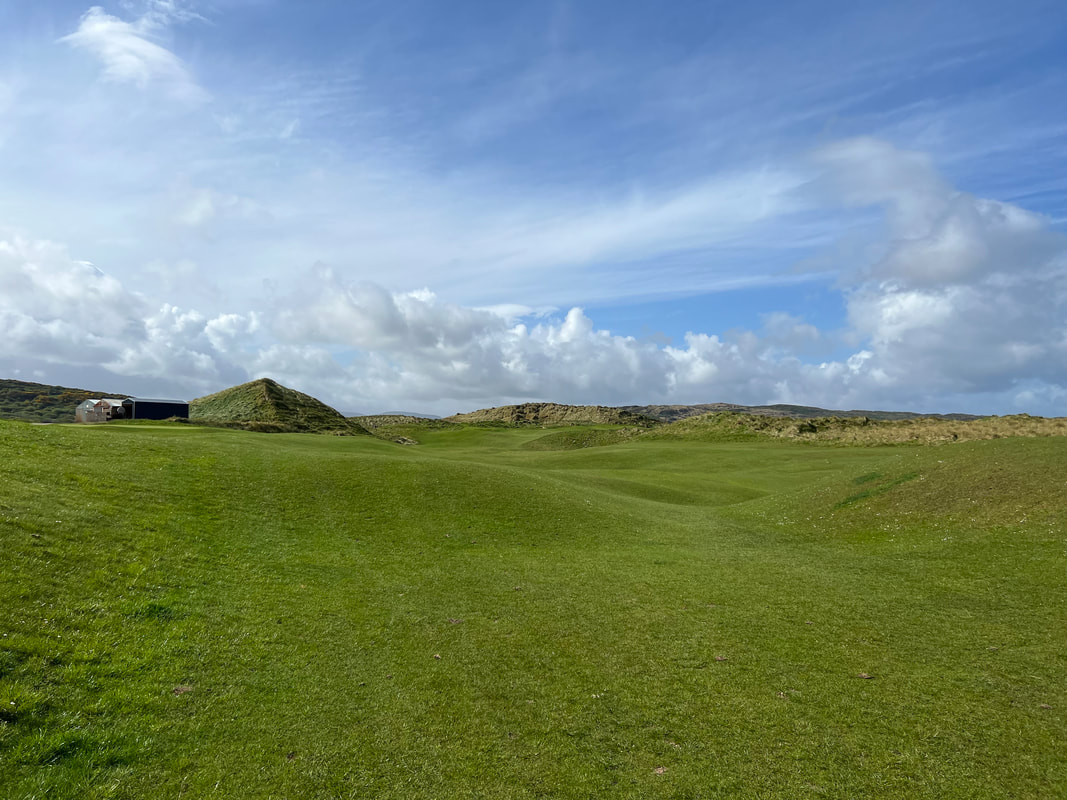
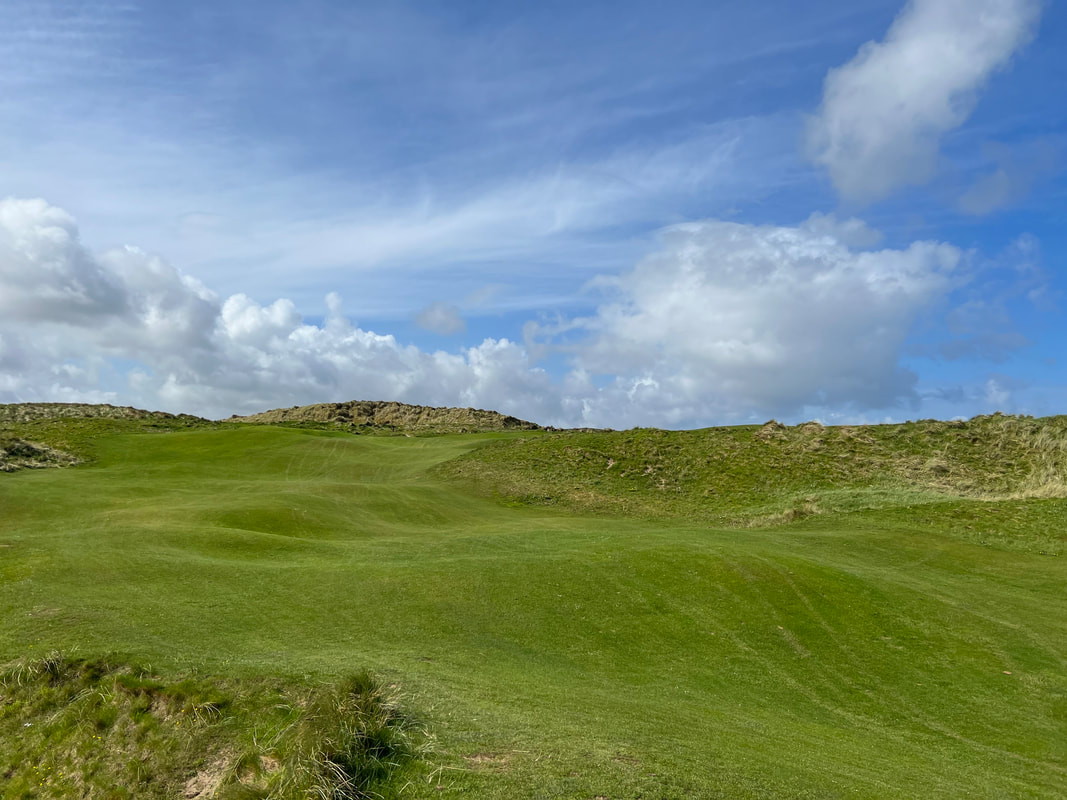
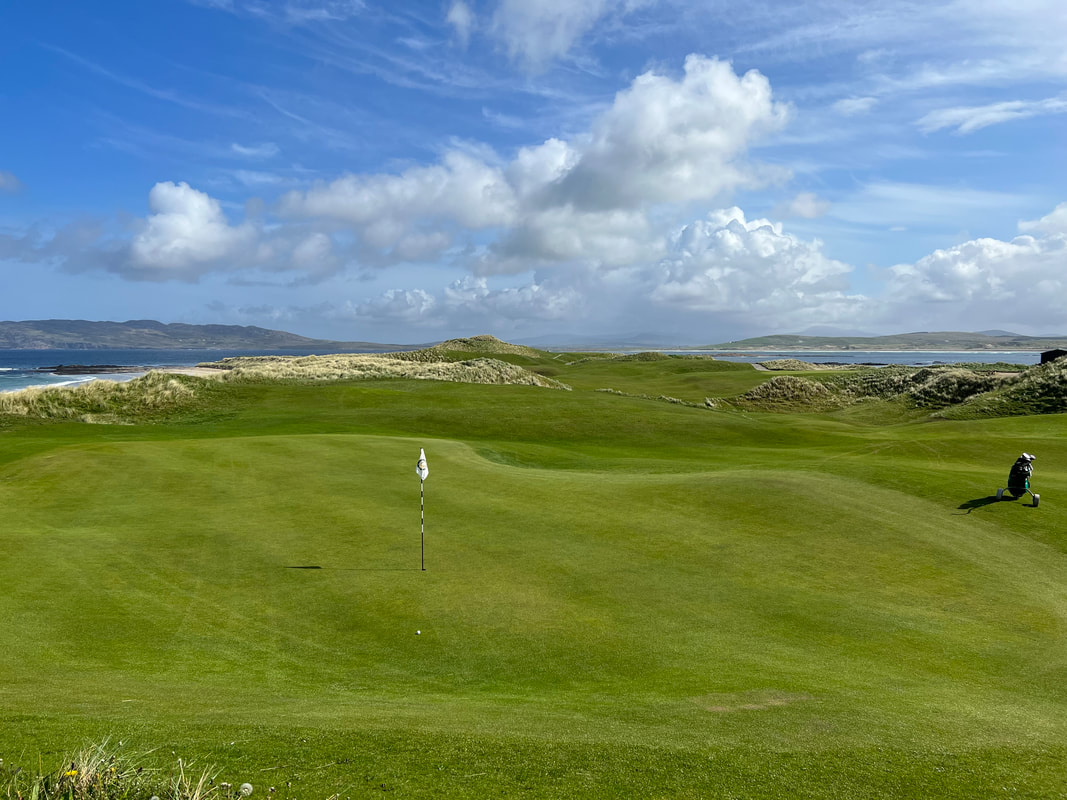
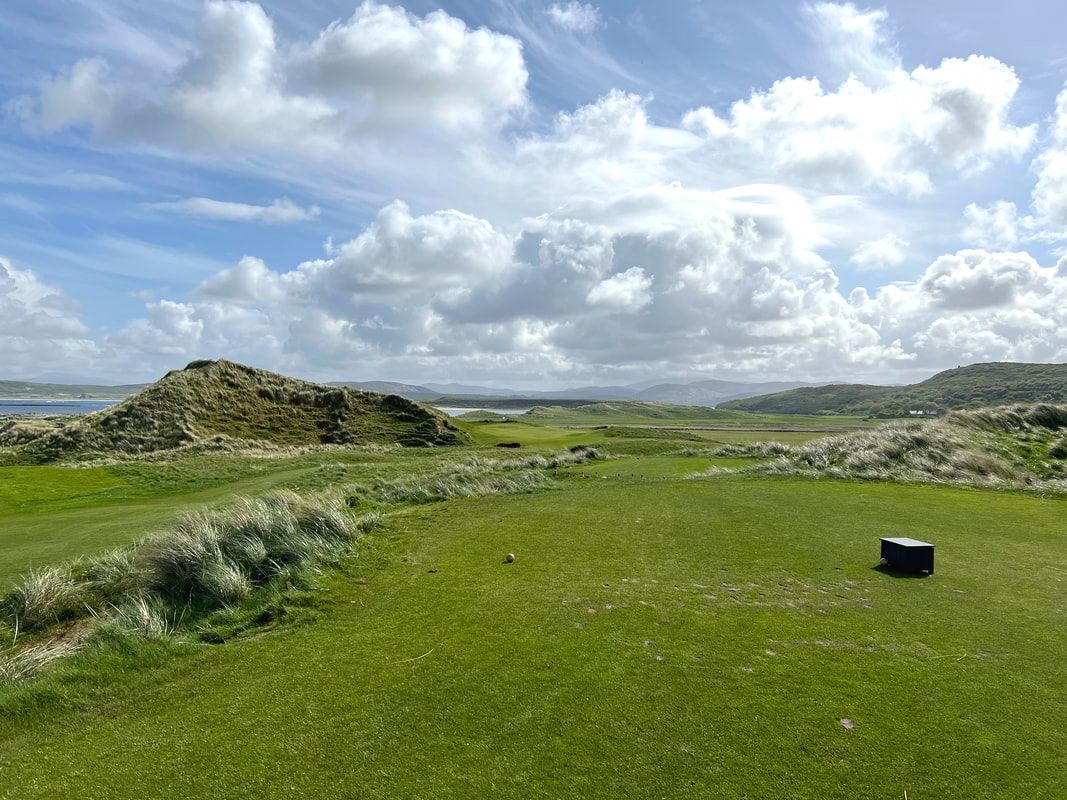
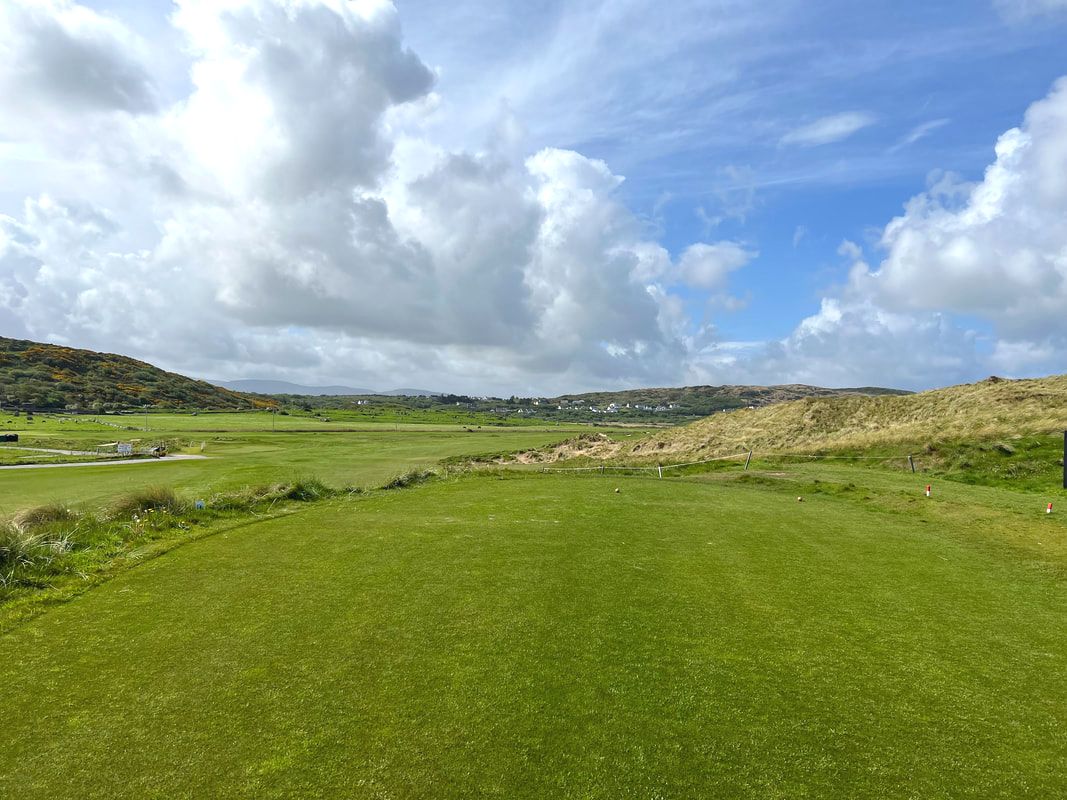
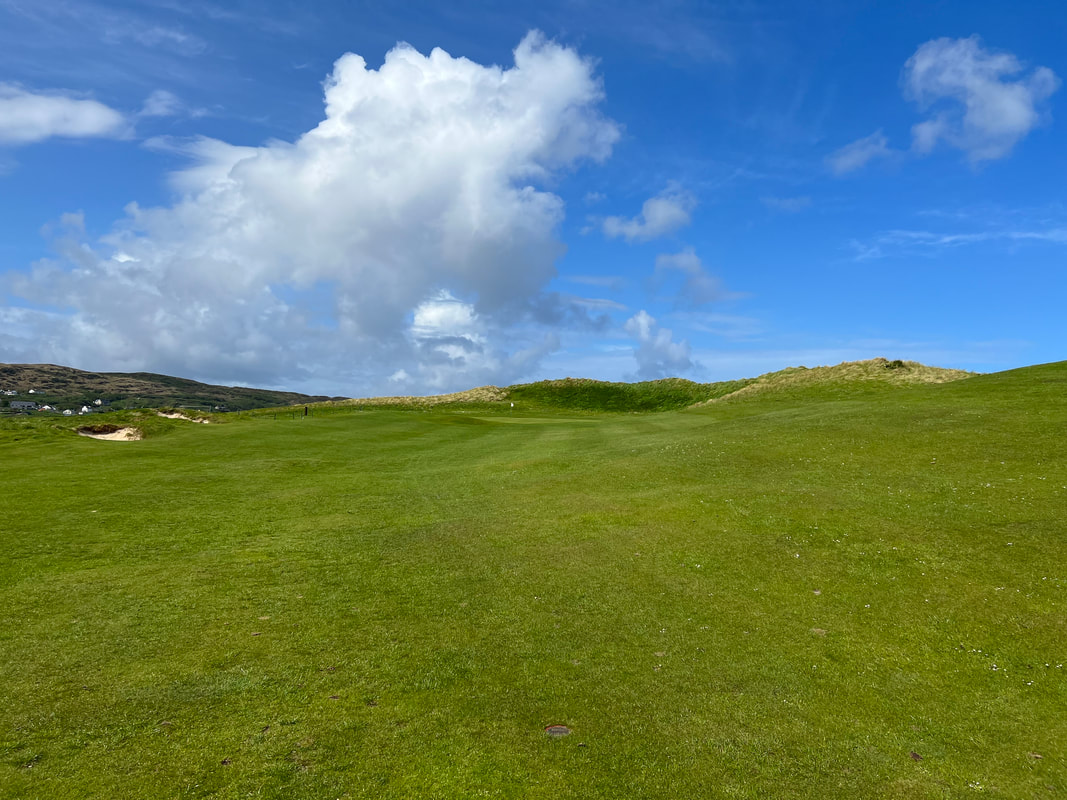
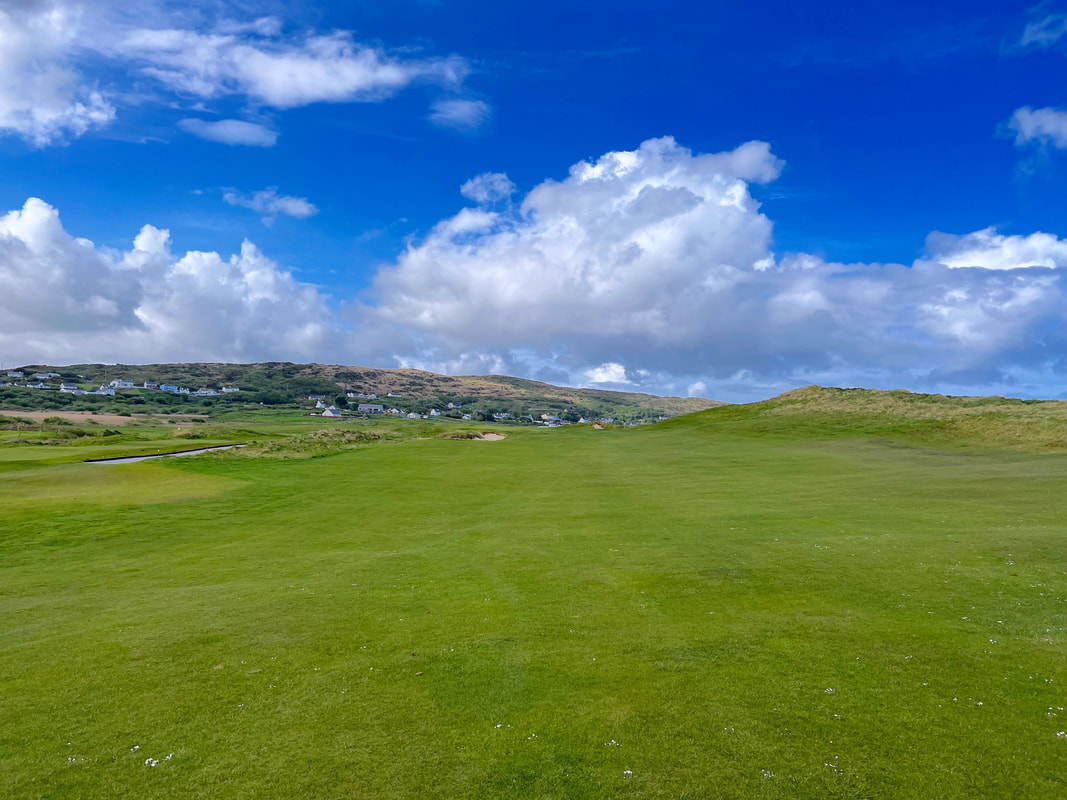
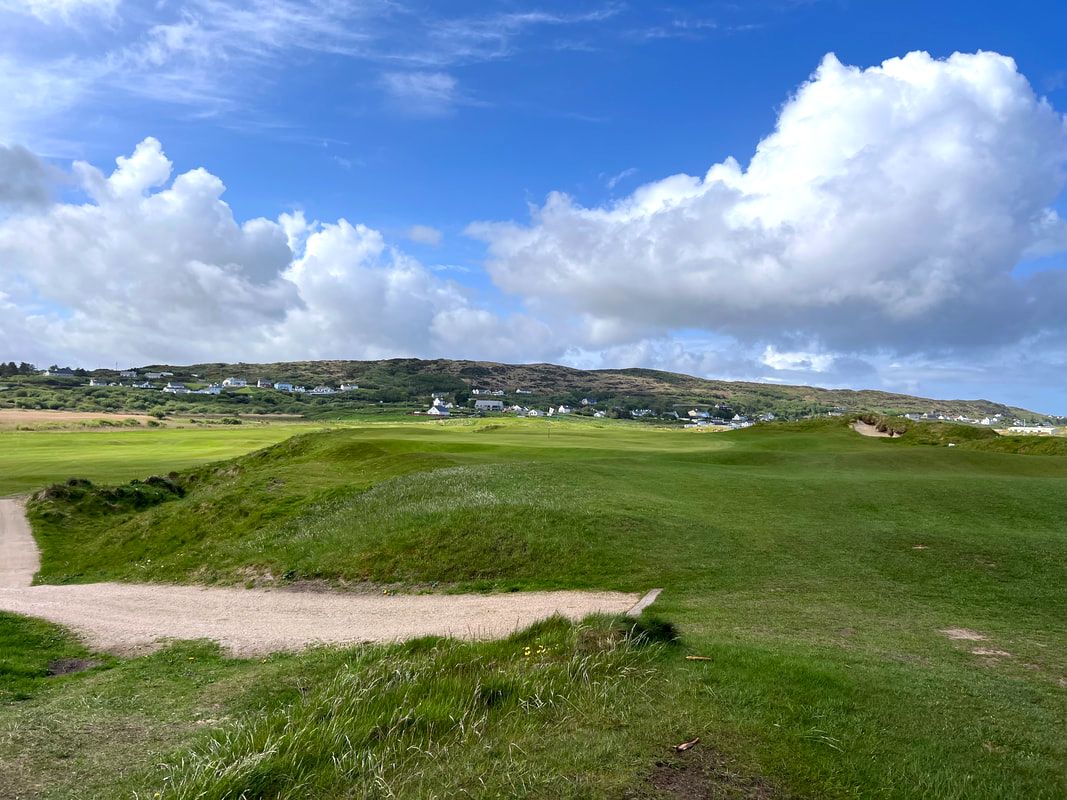
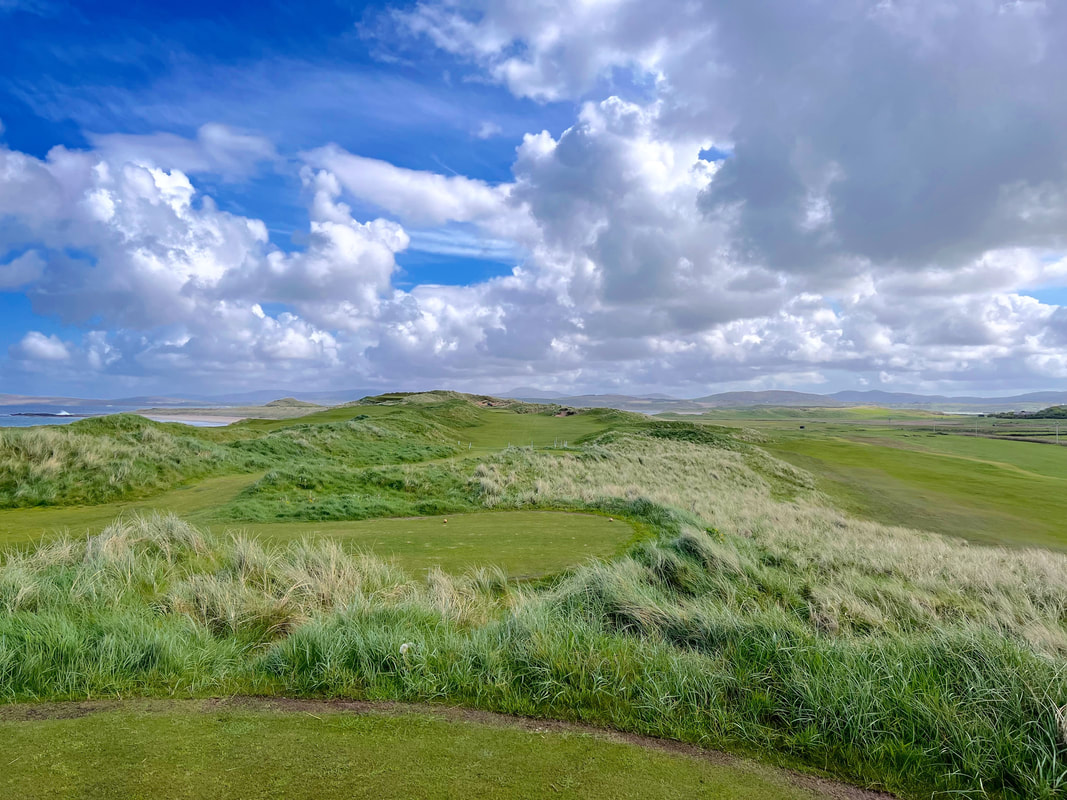
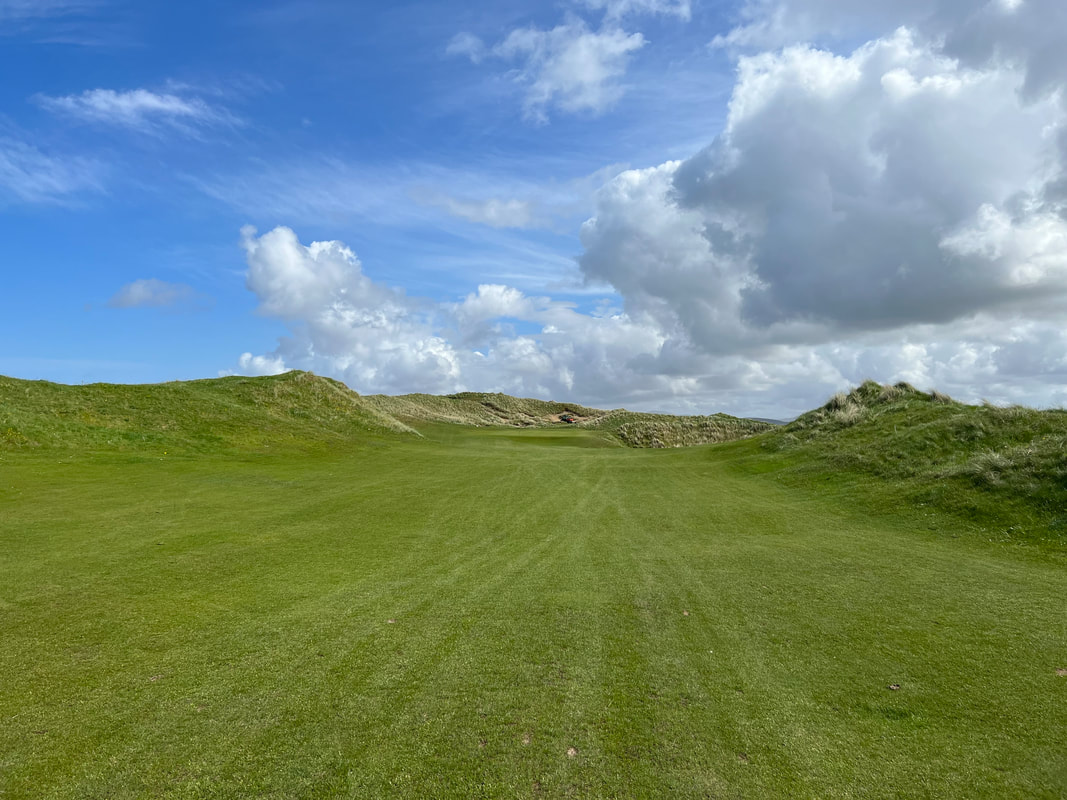
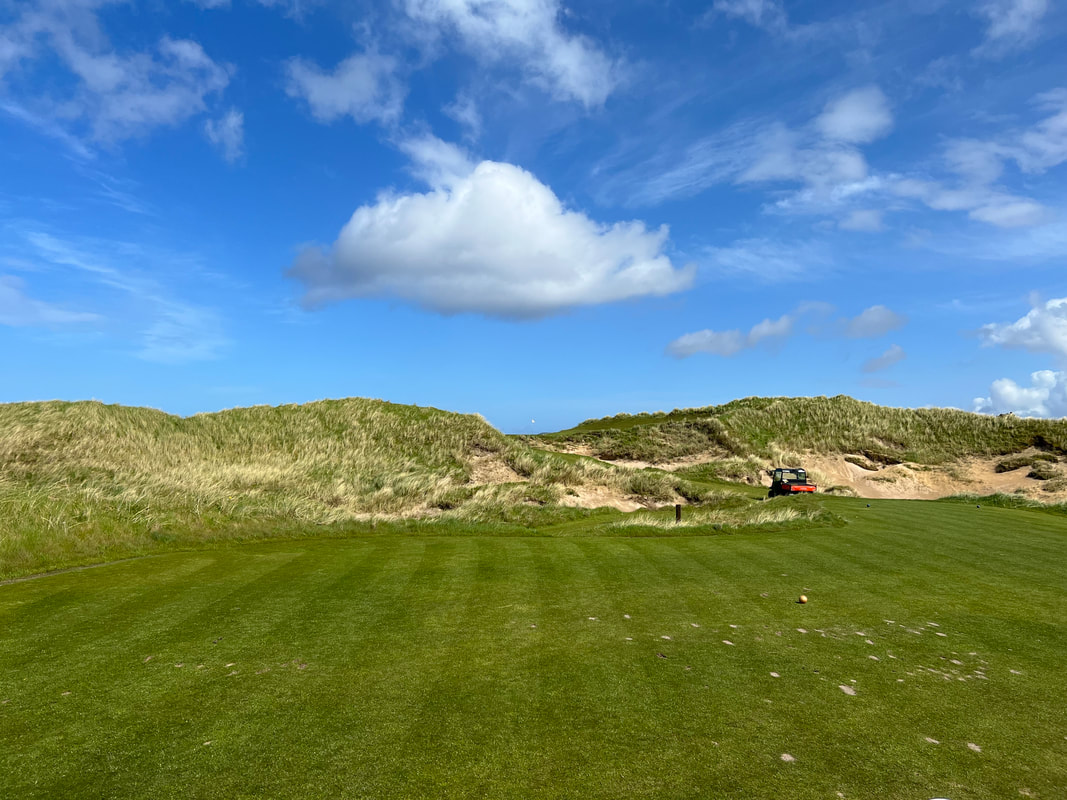
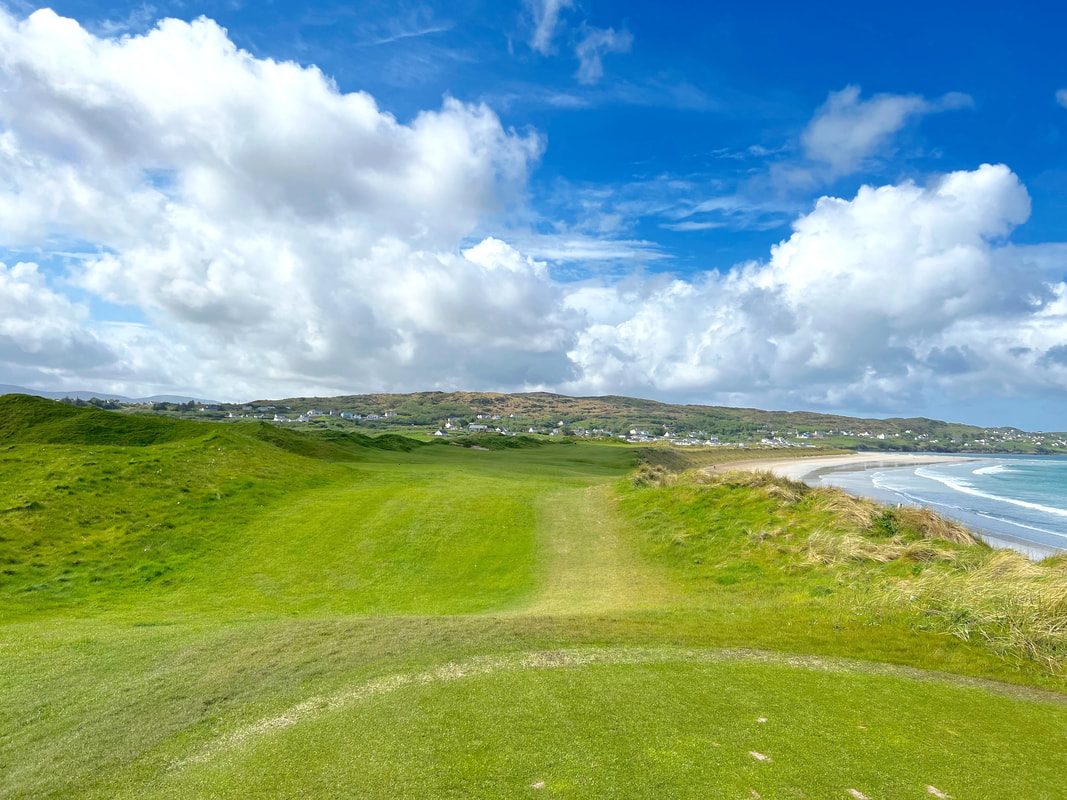
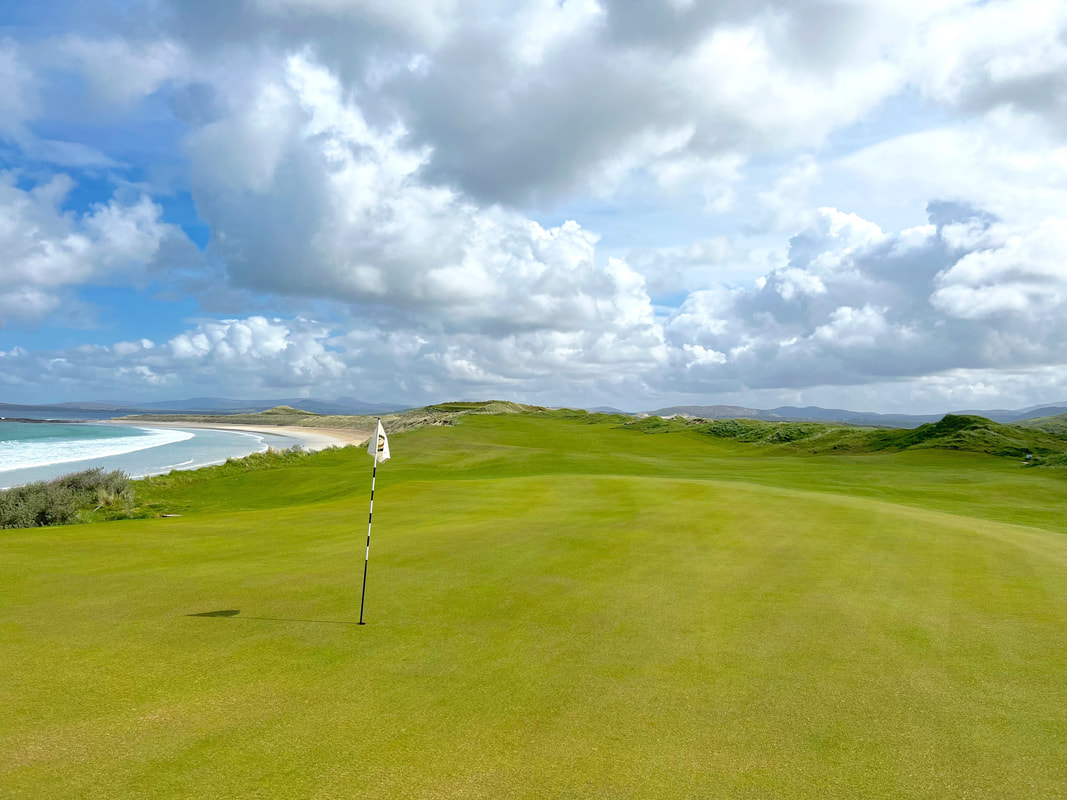
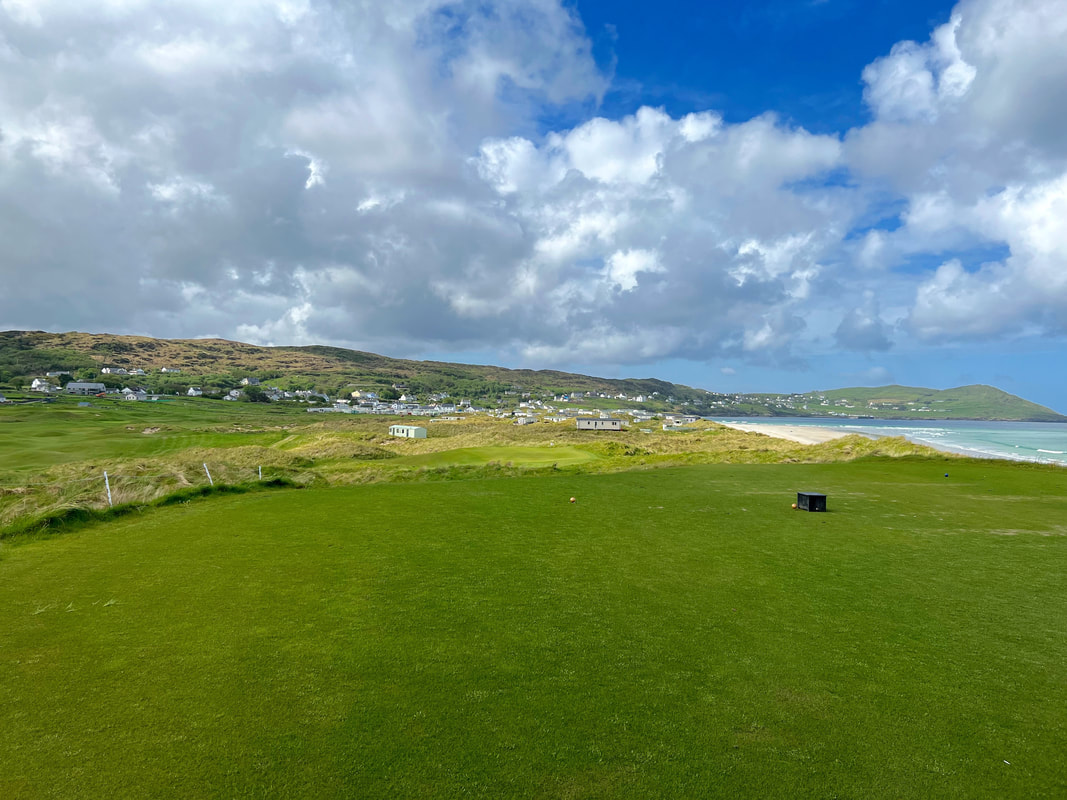
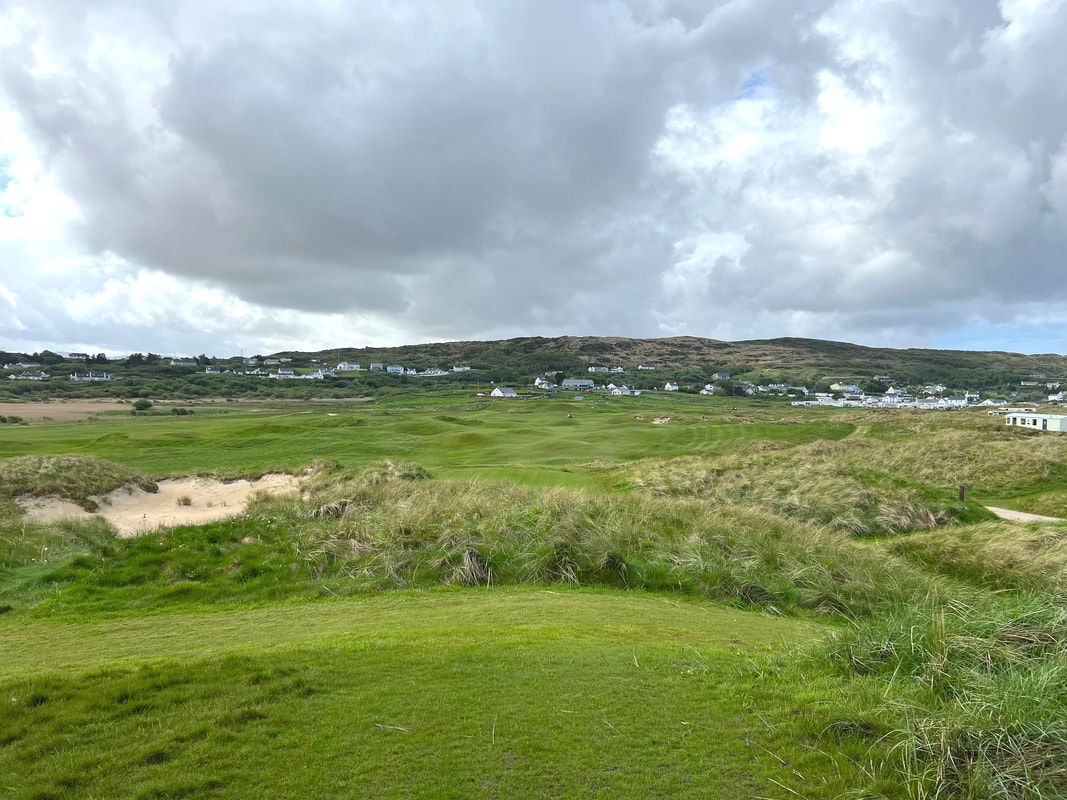
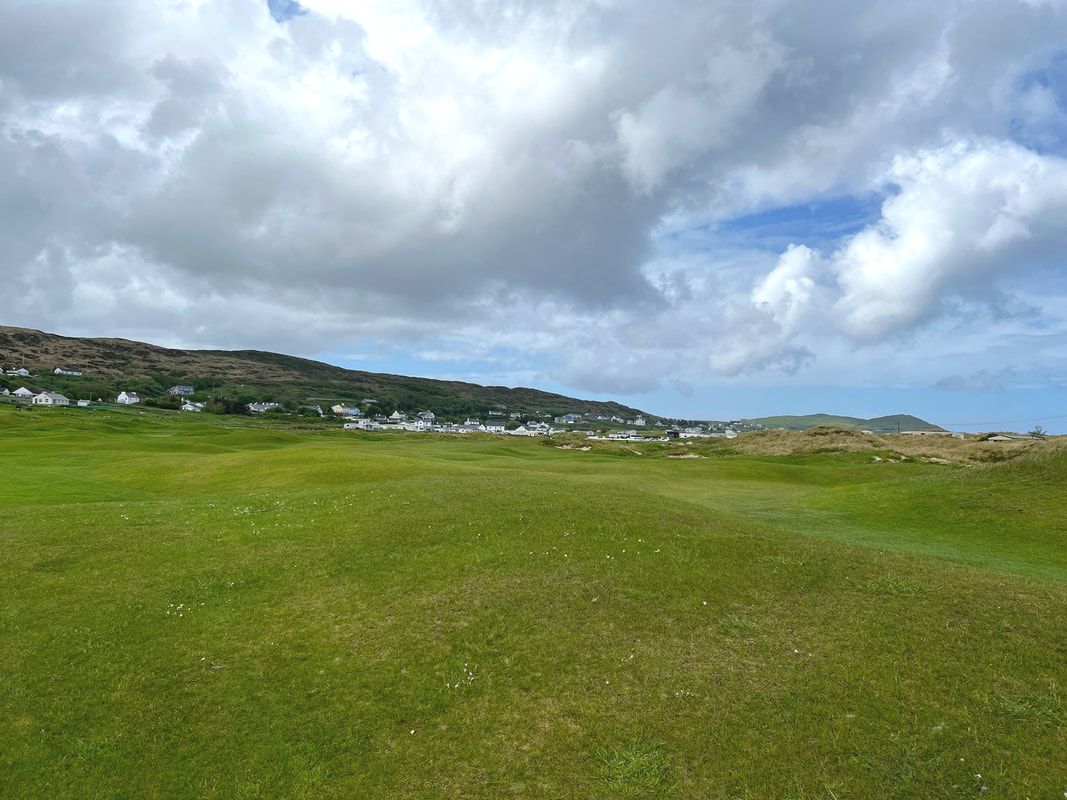
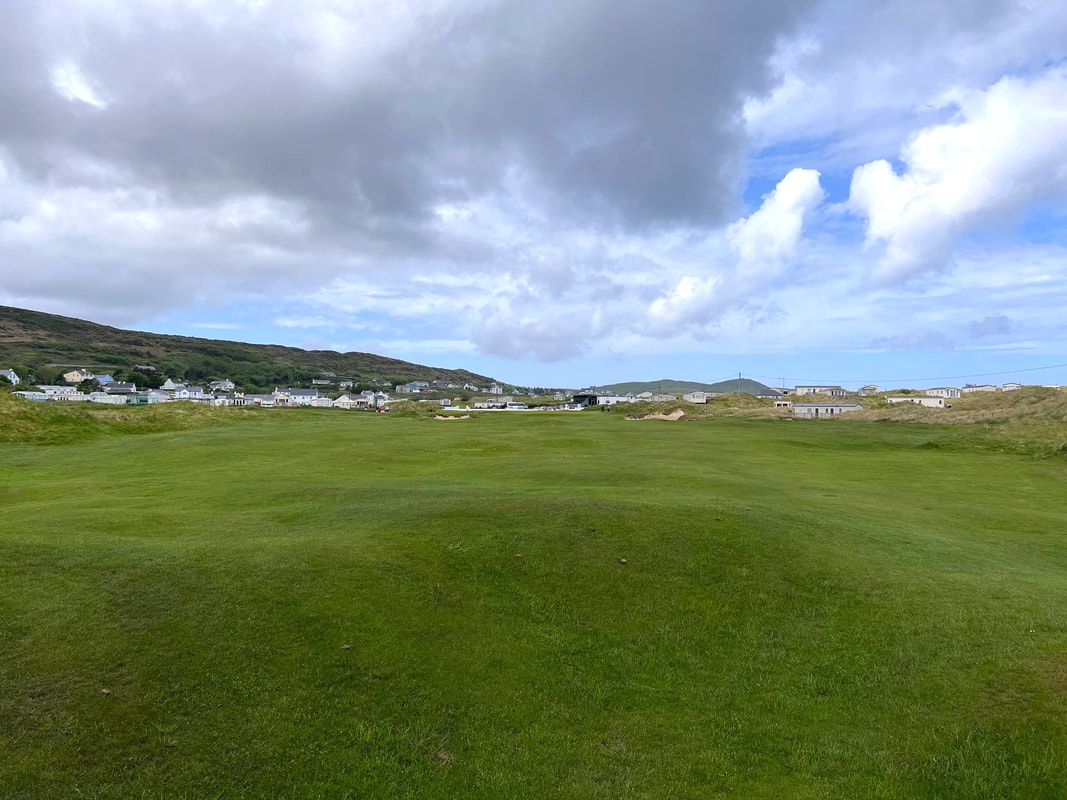
 RSS Feed
RSS Feed